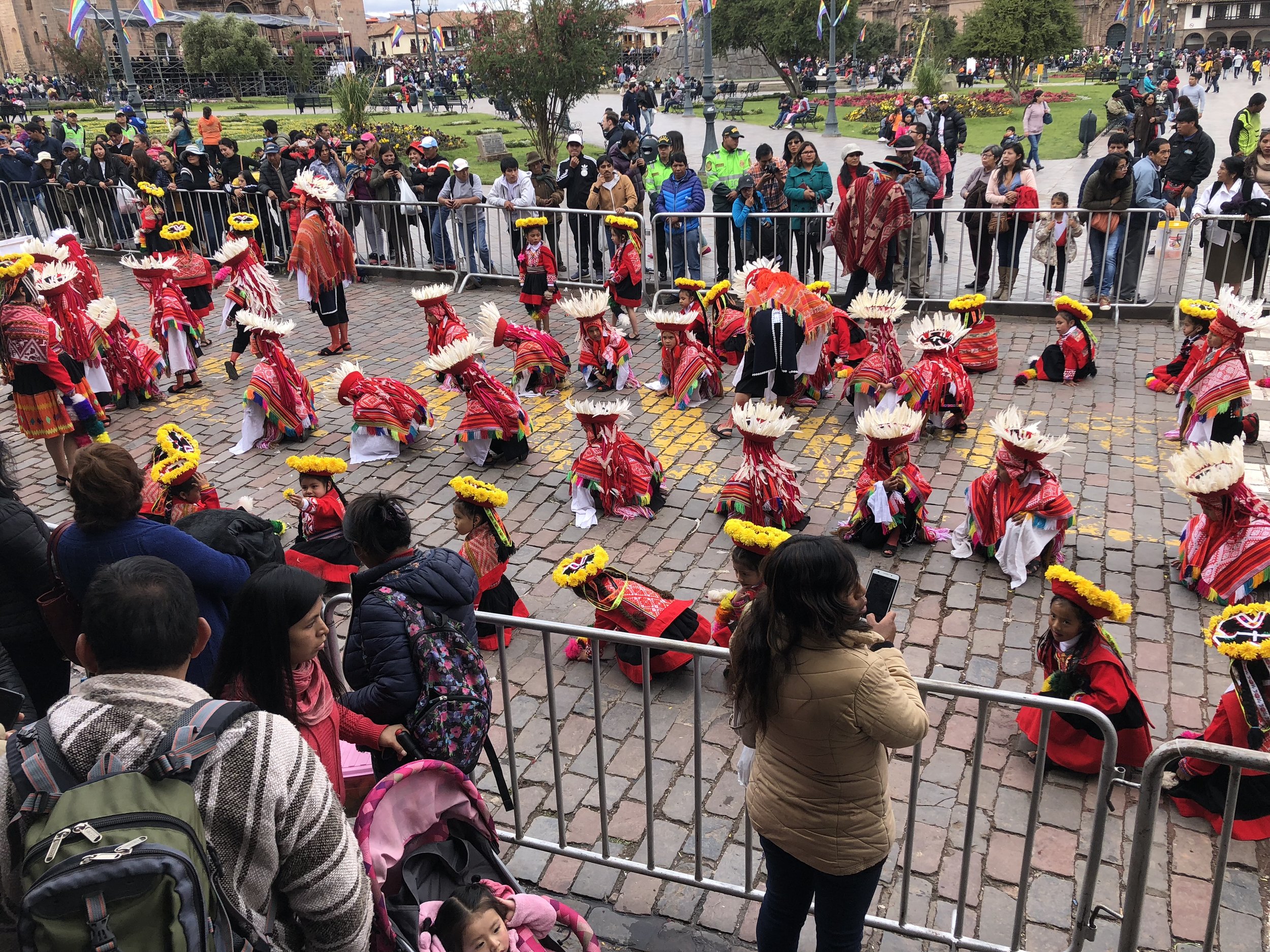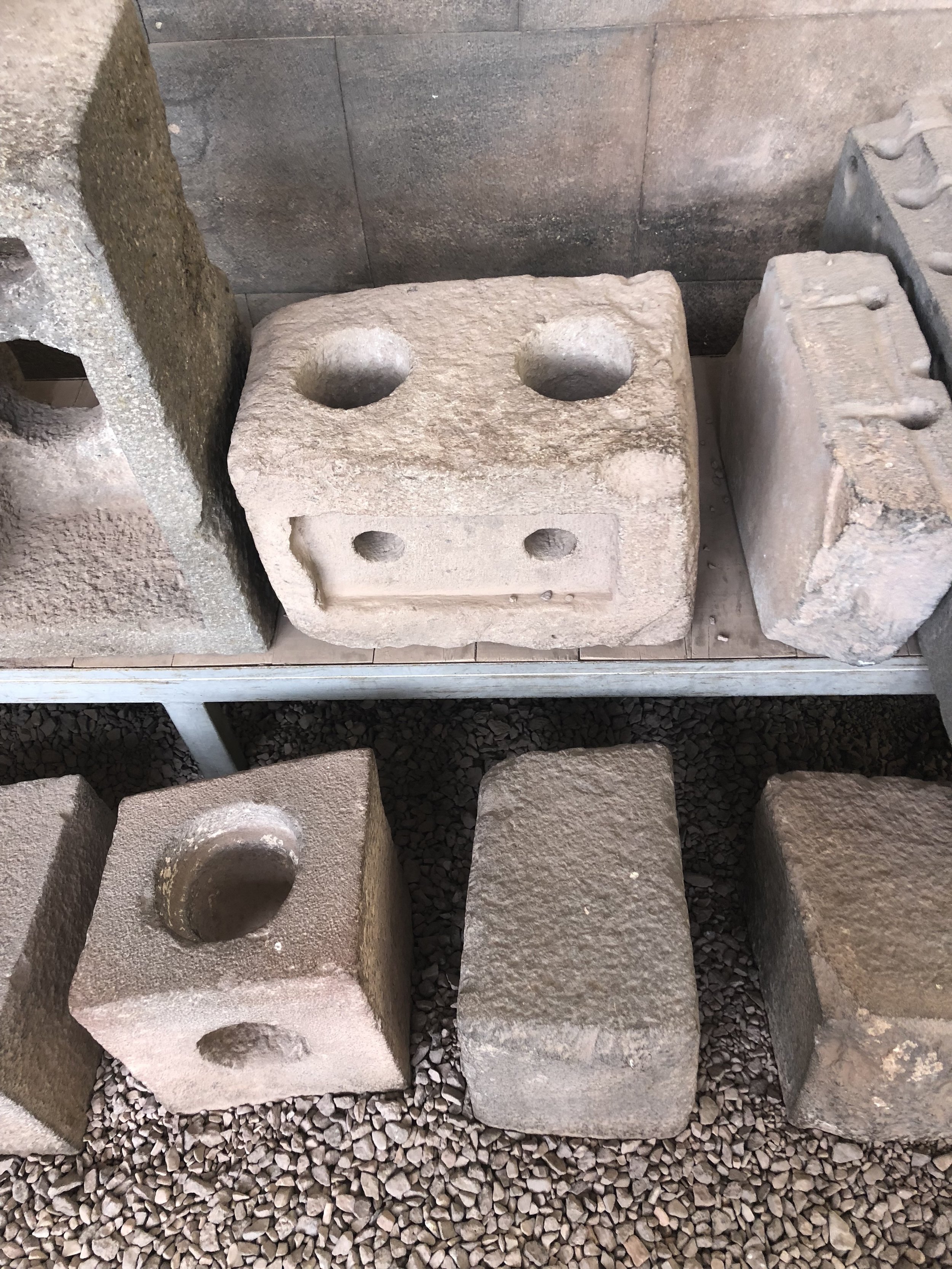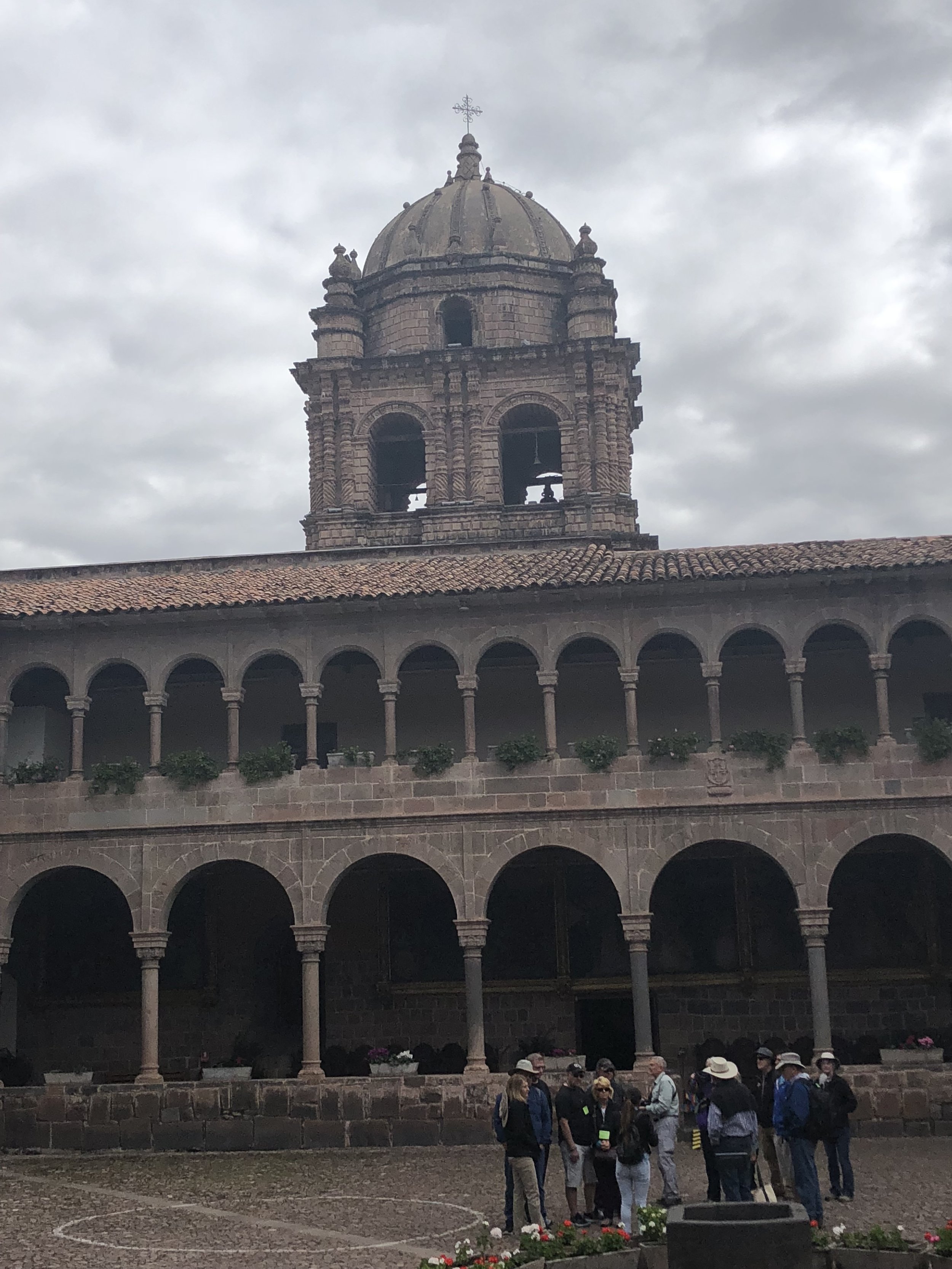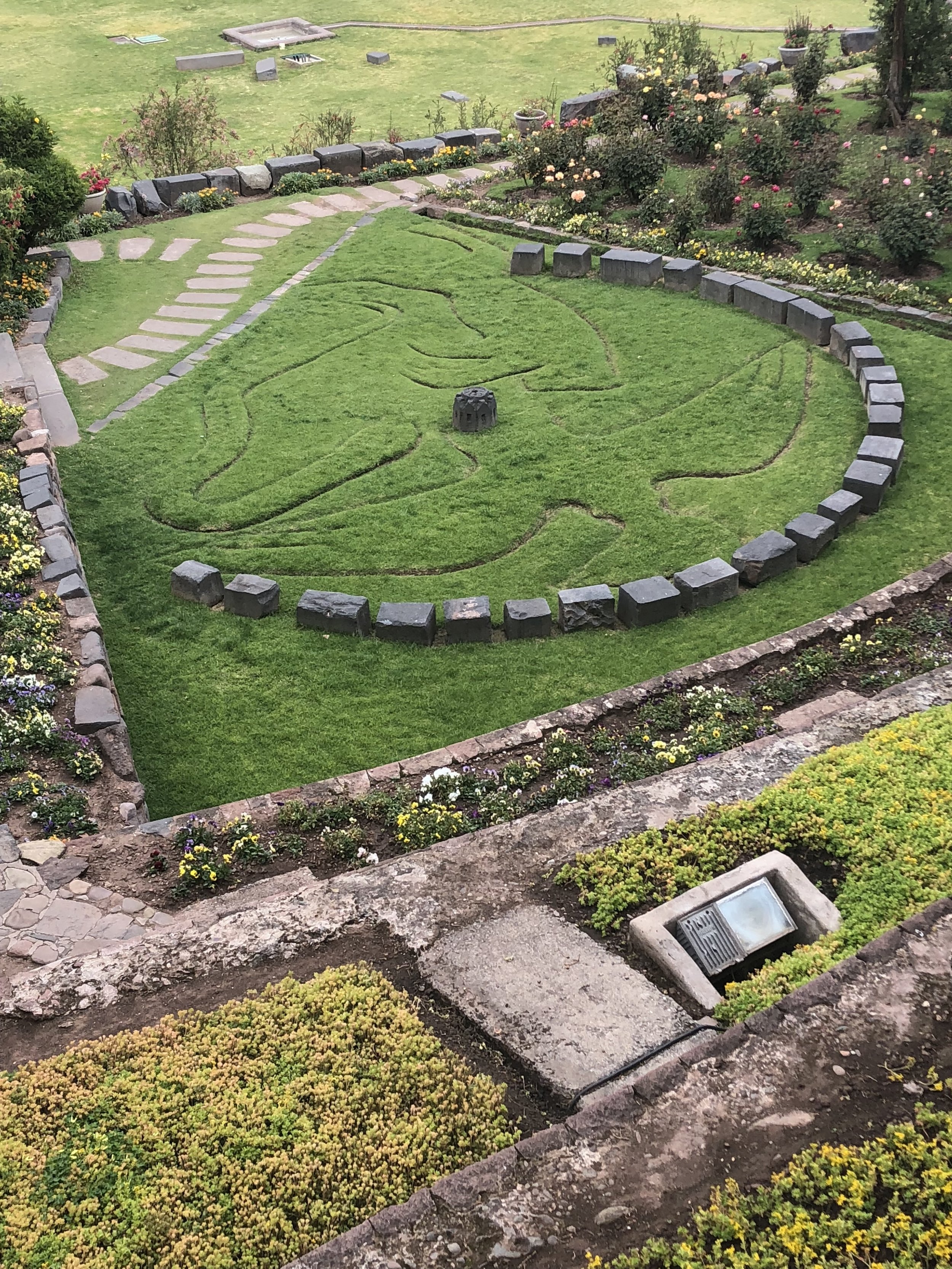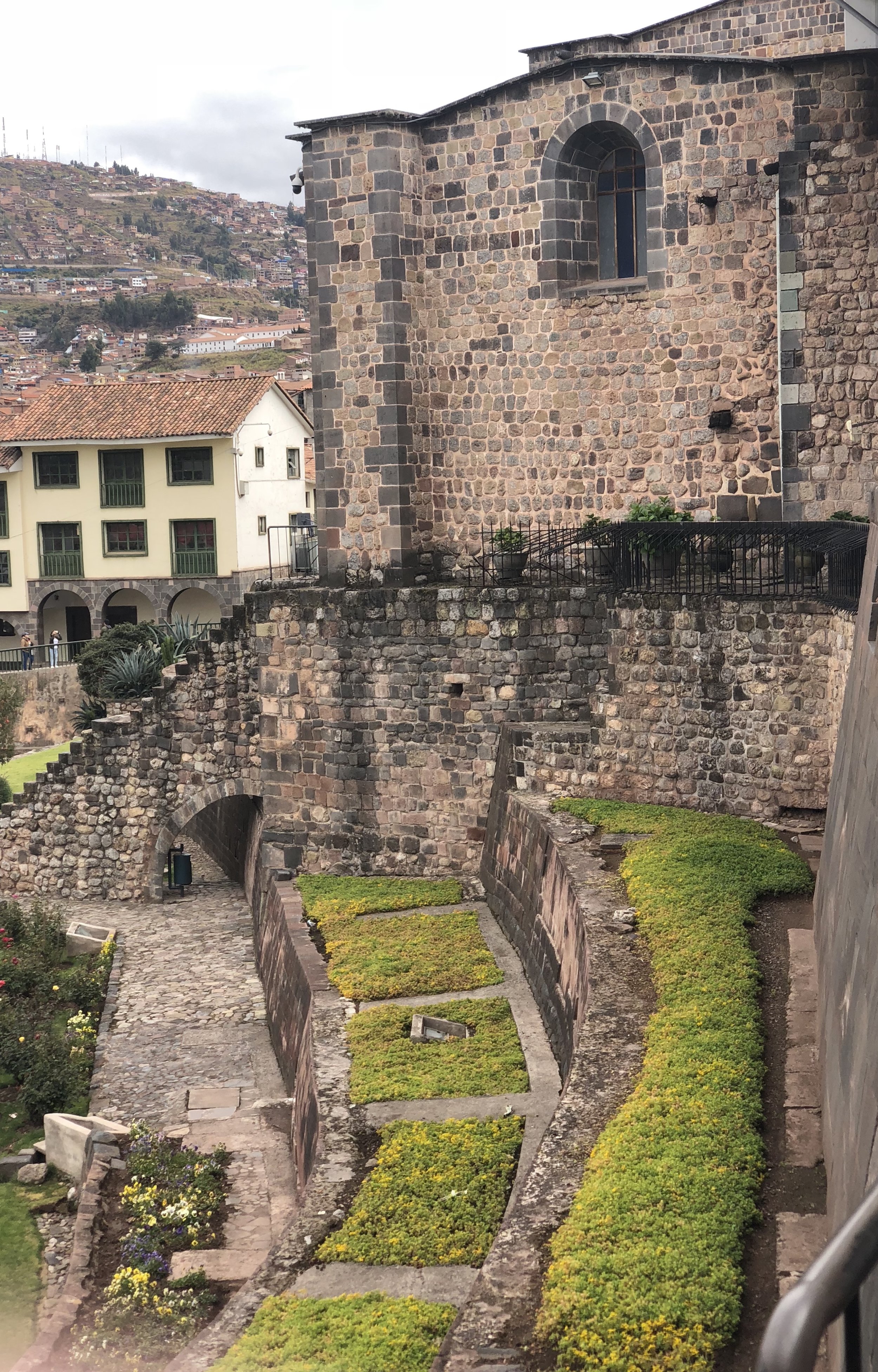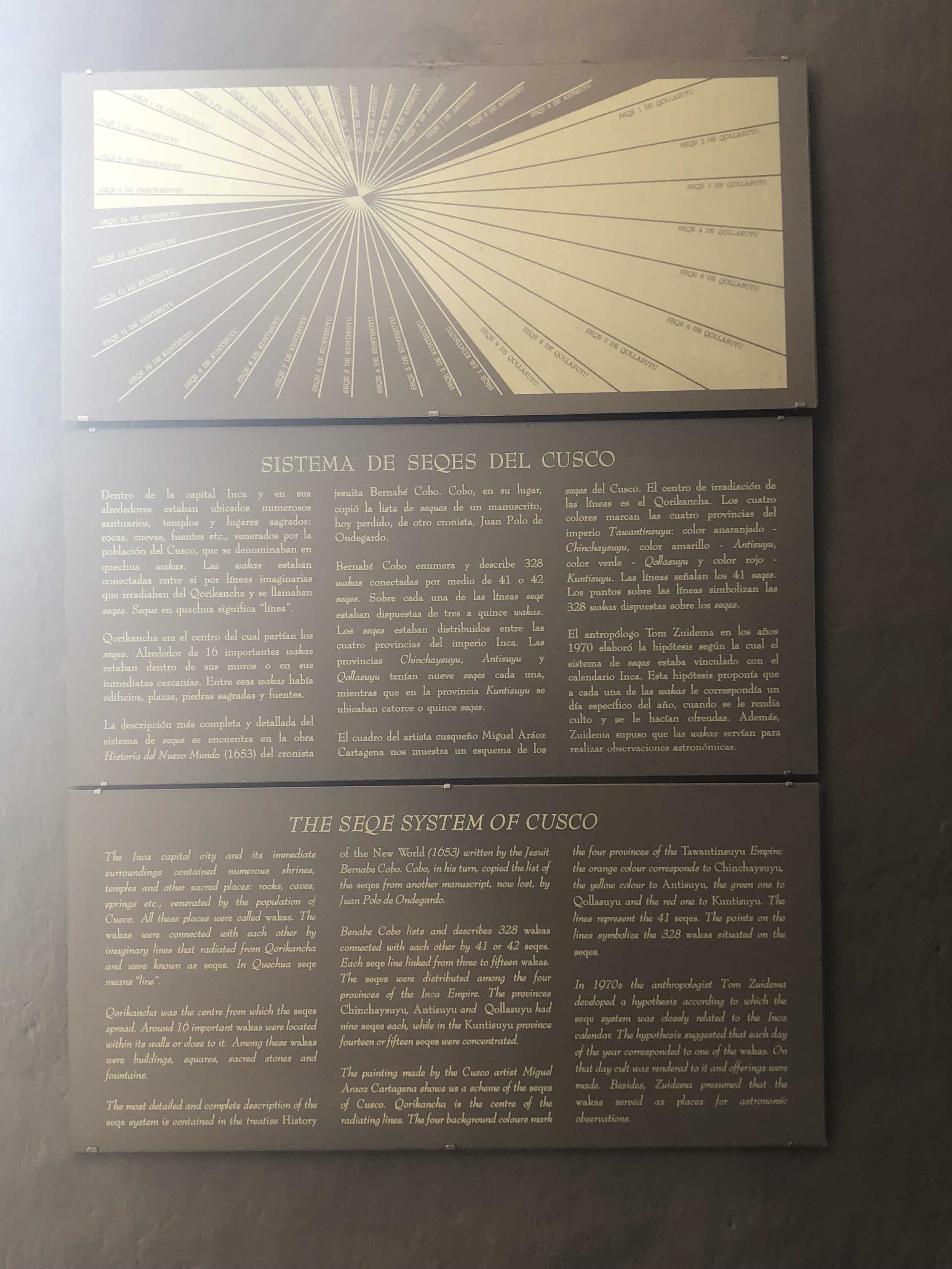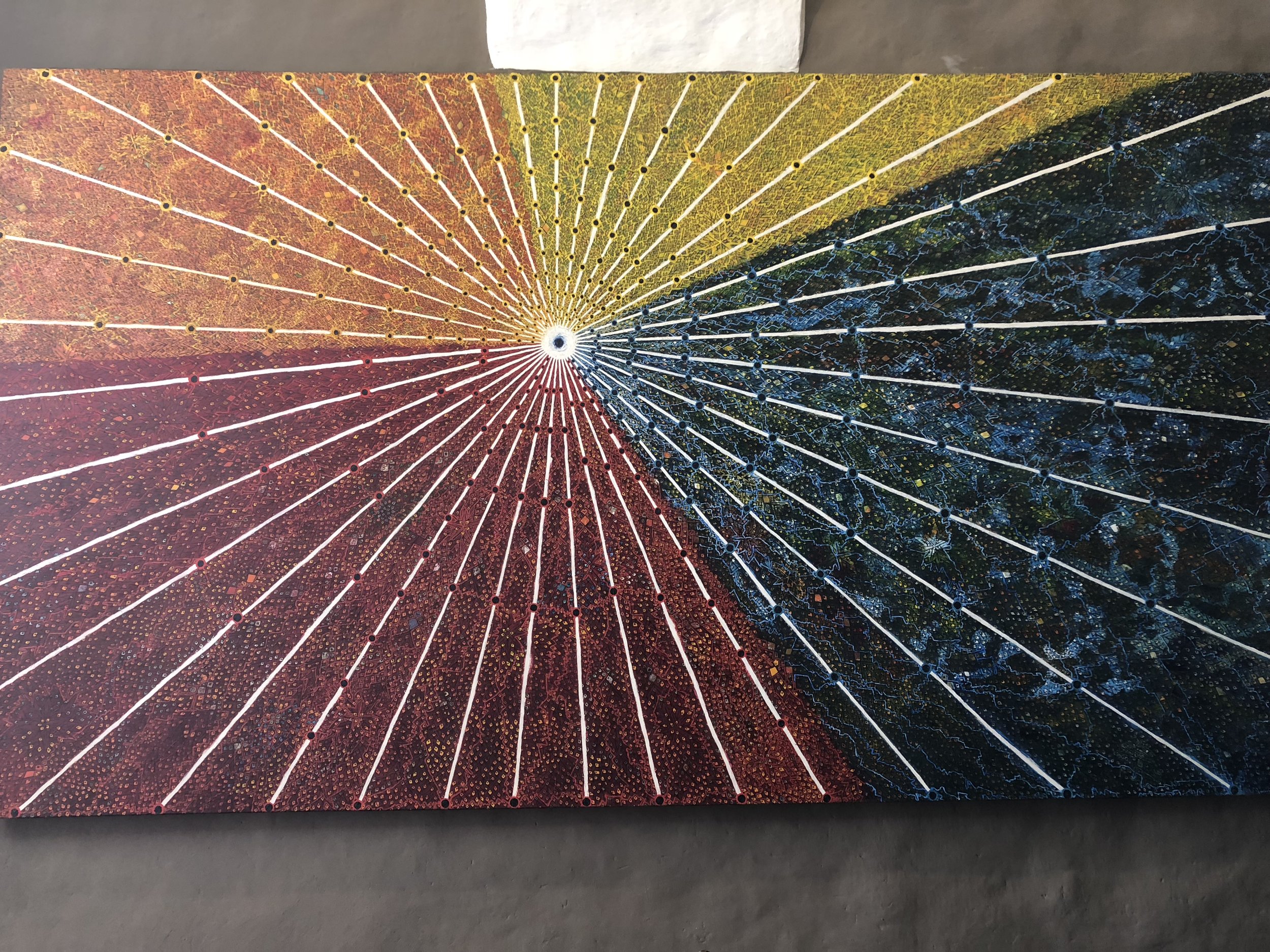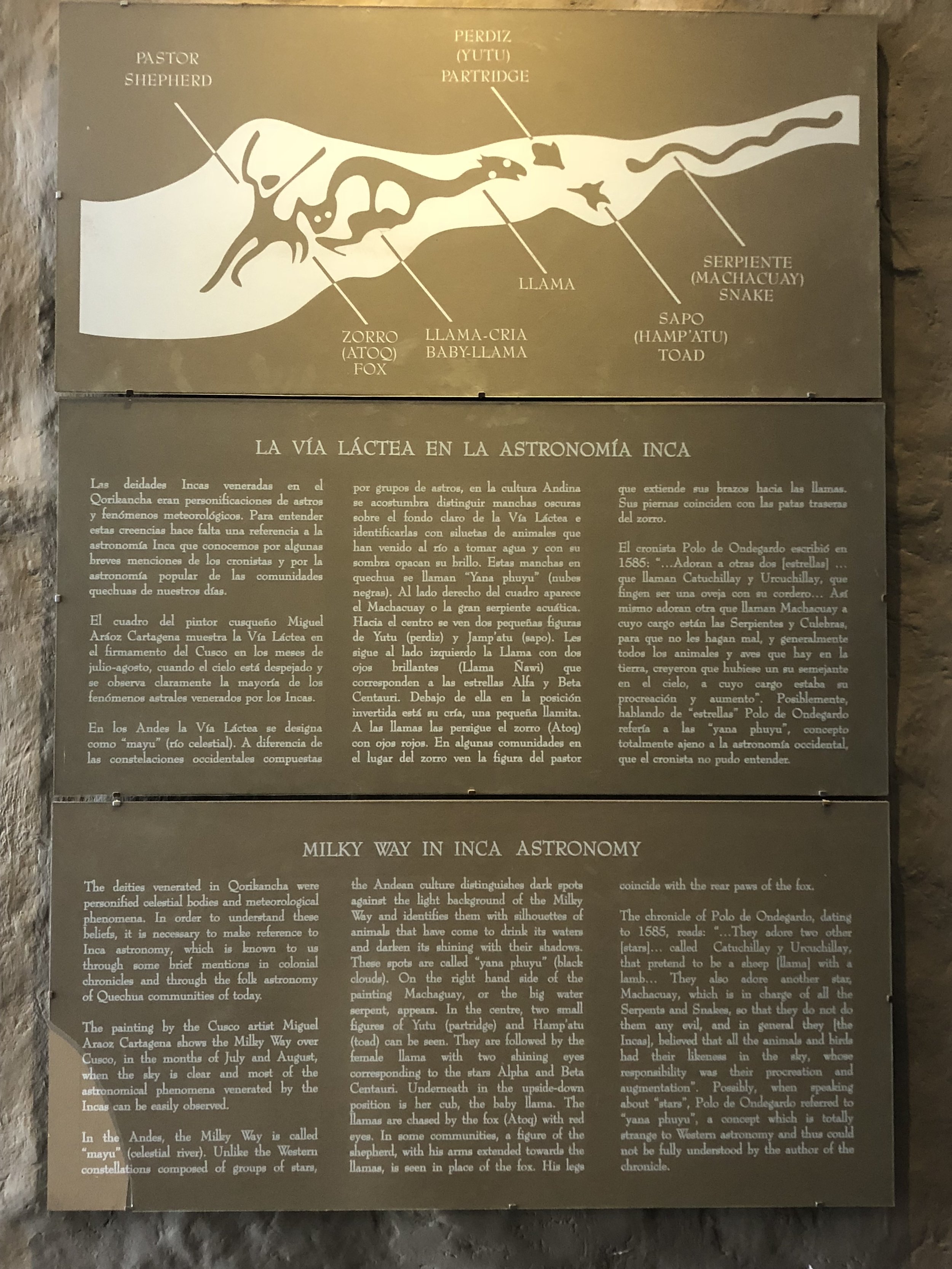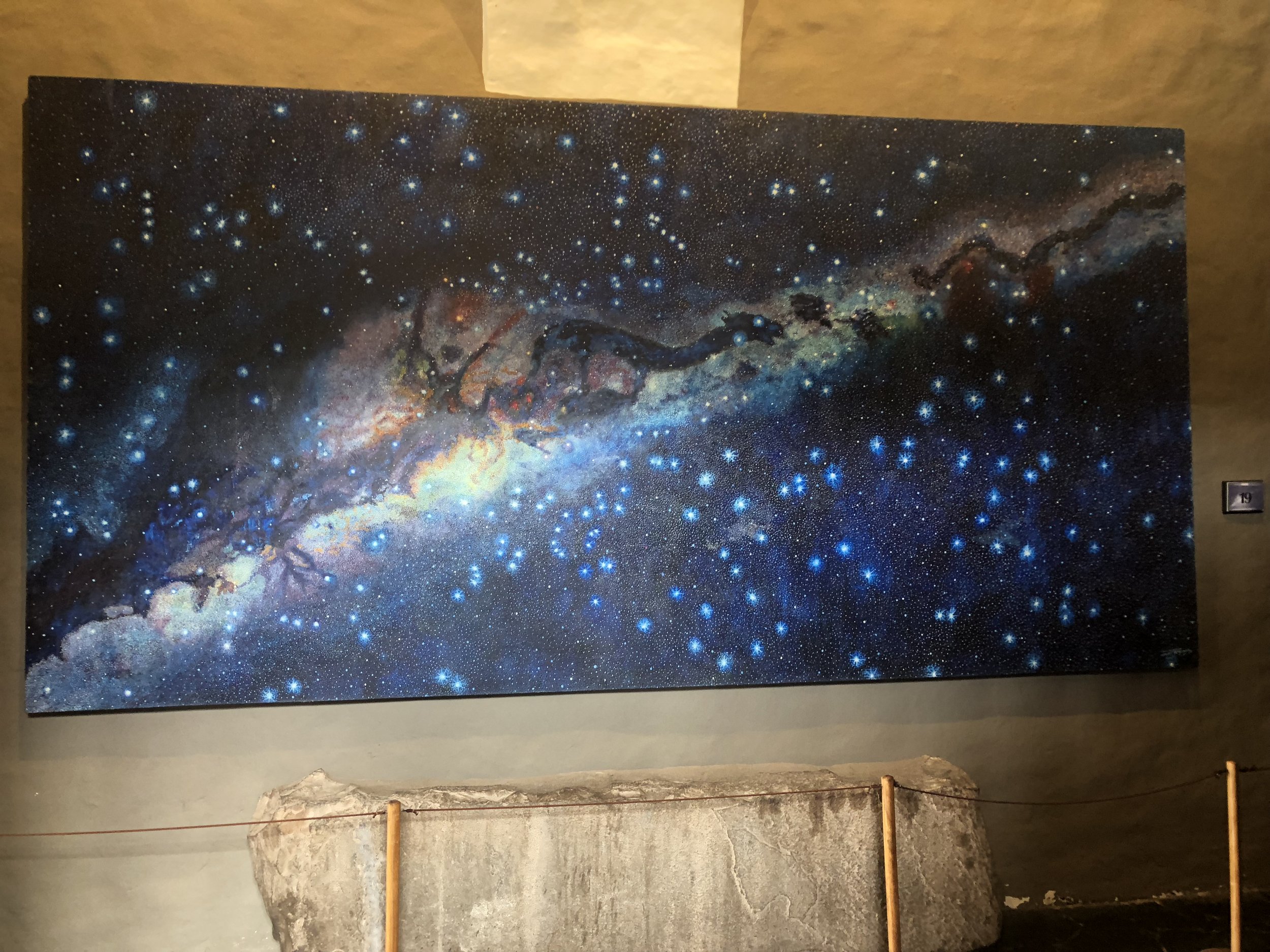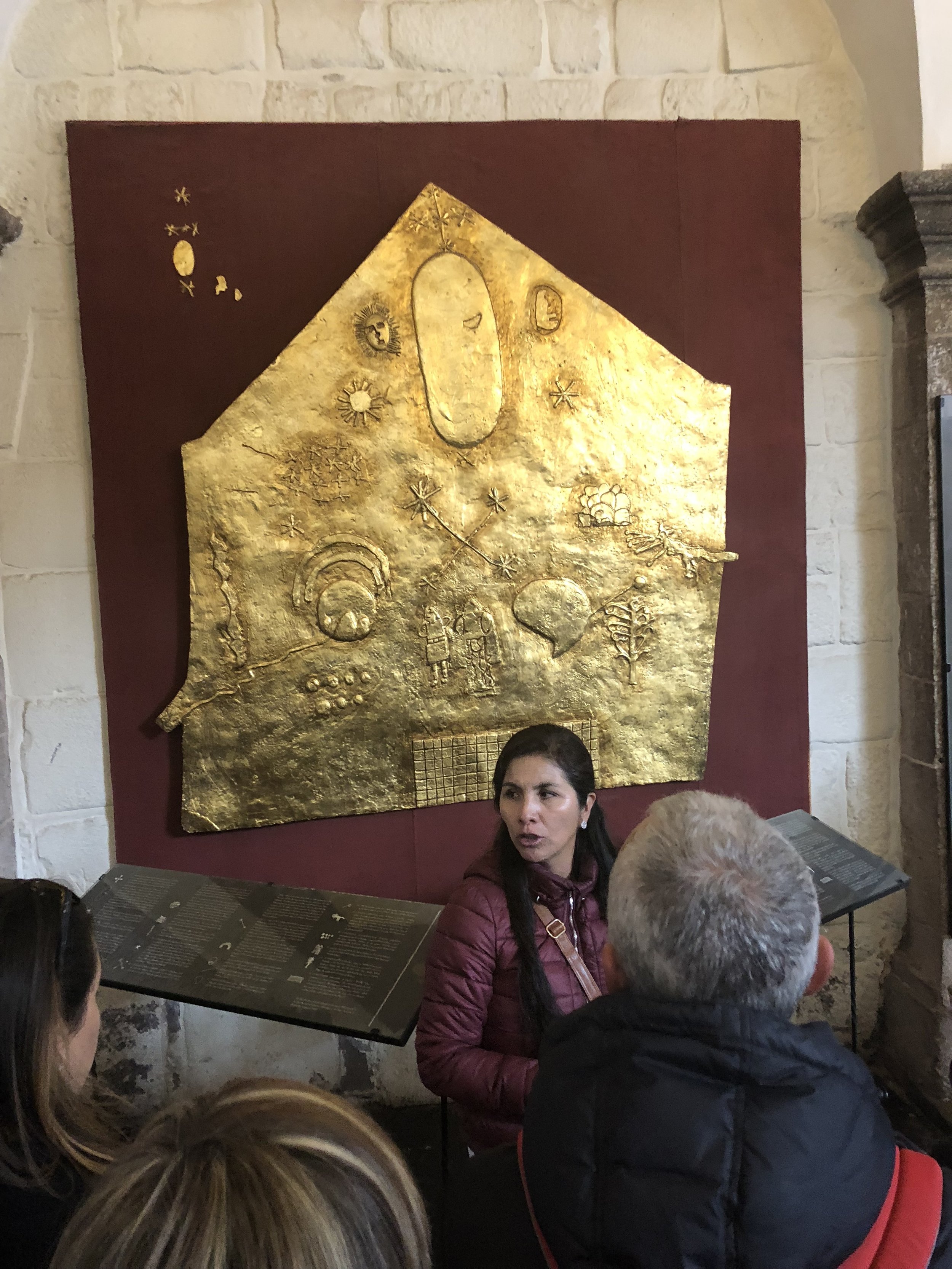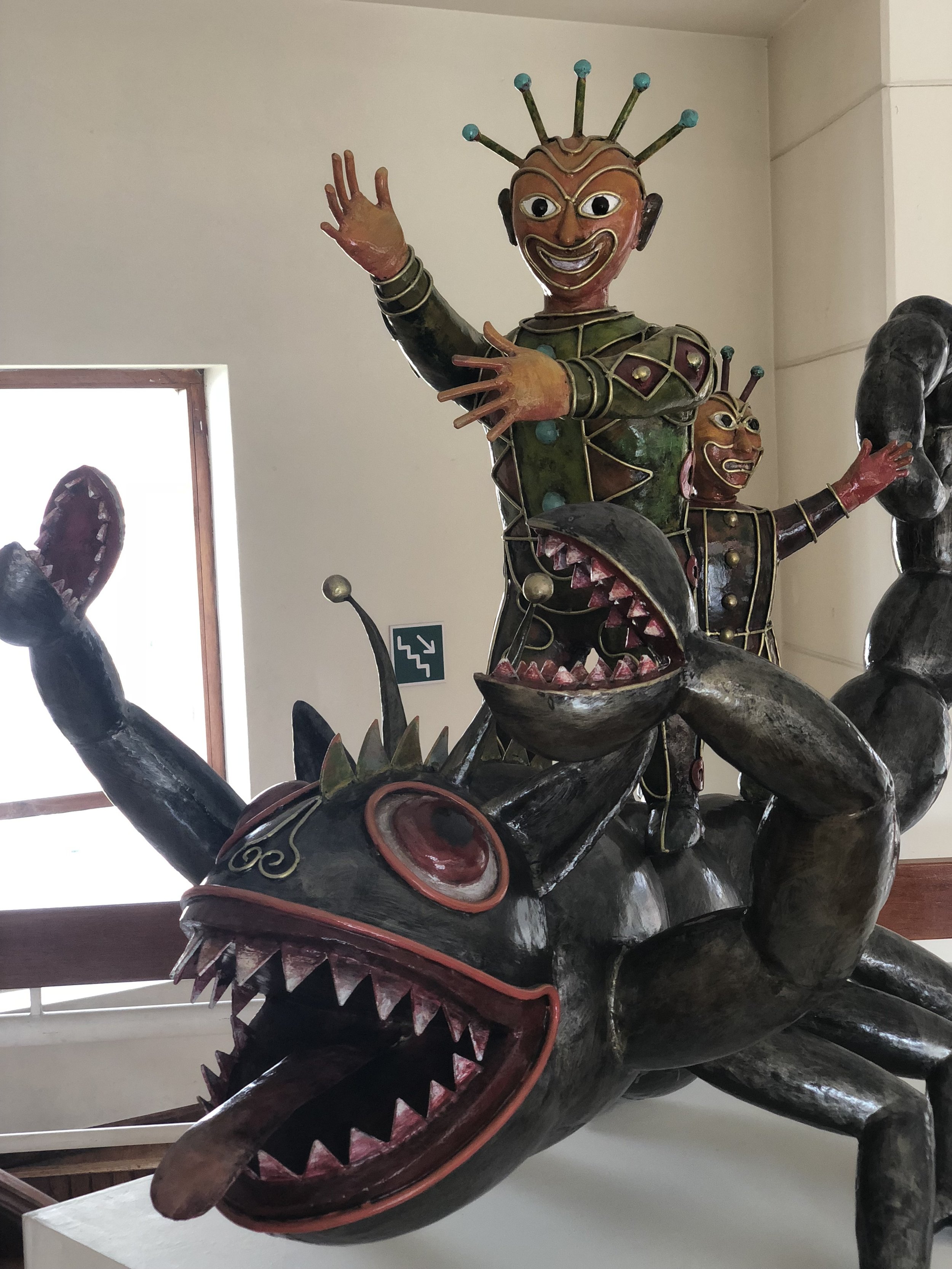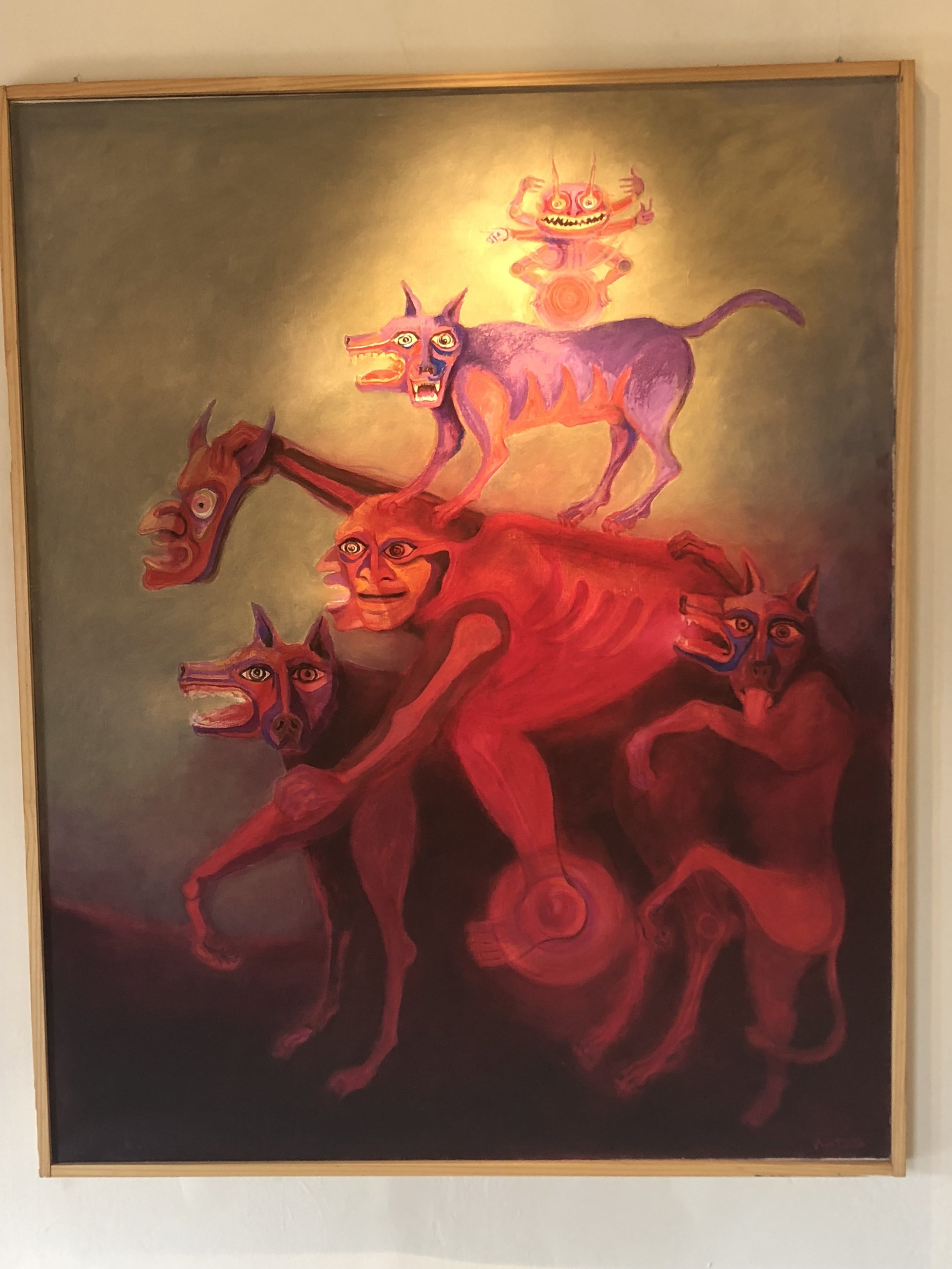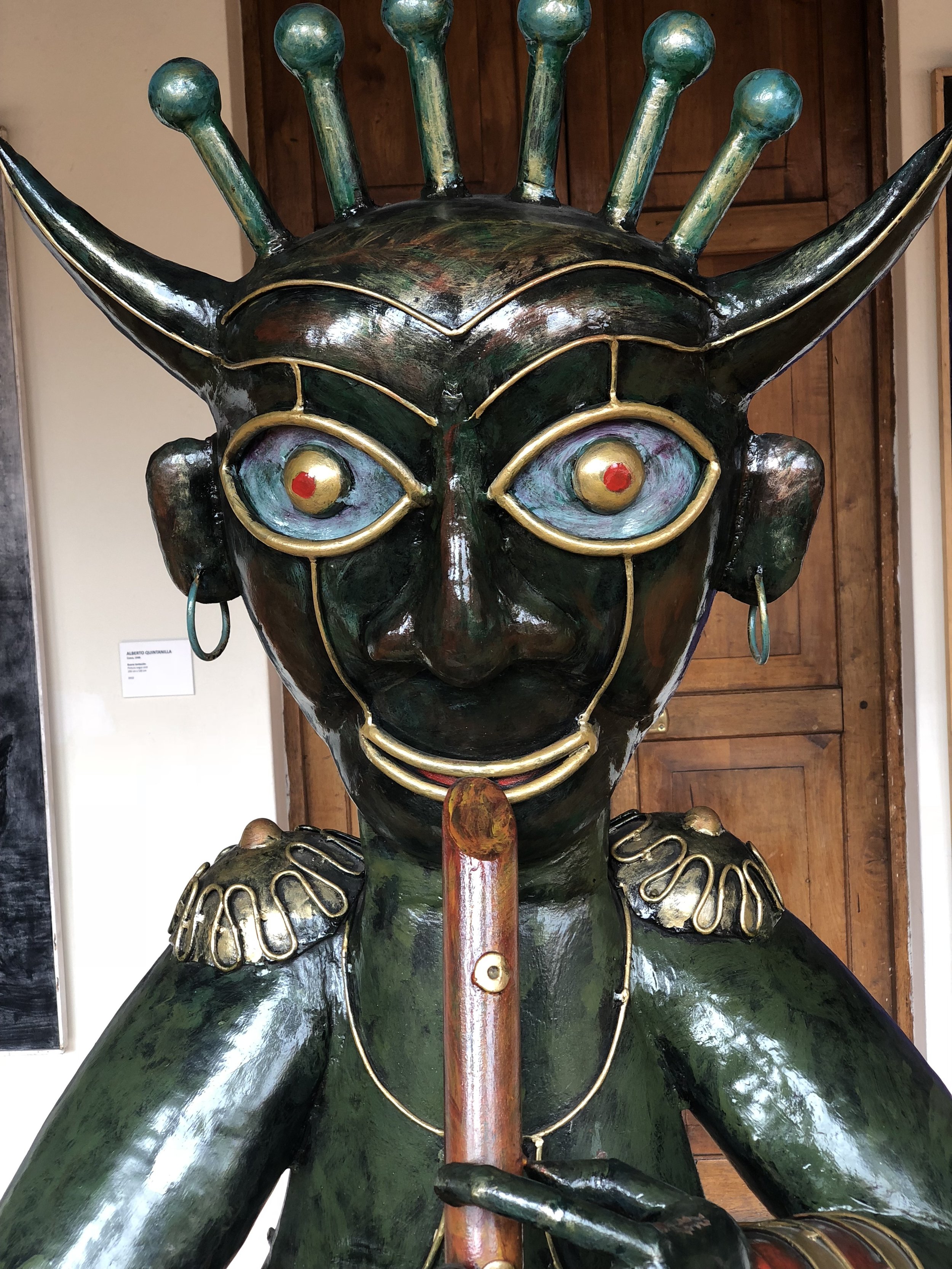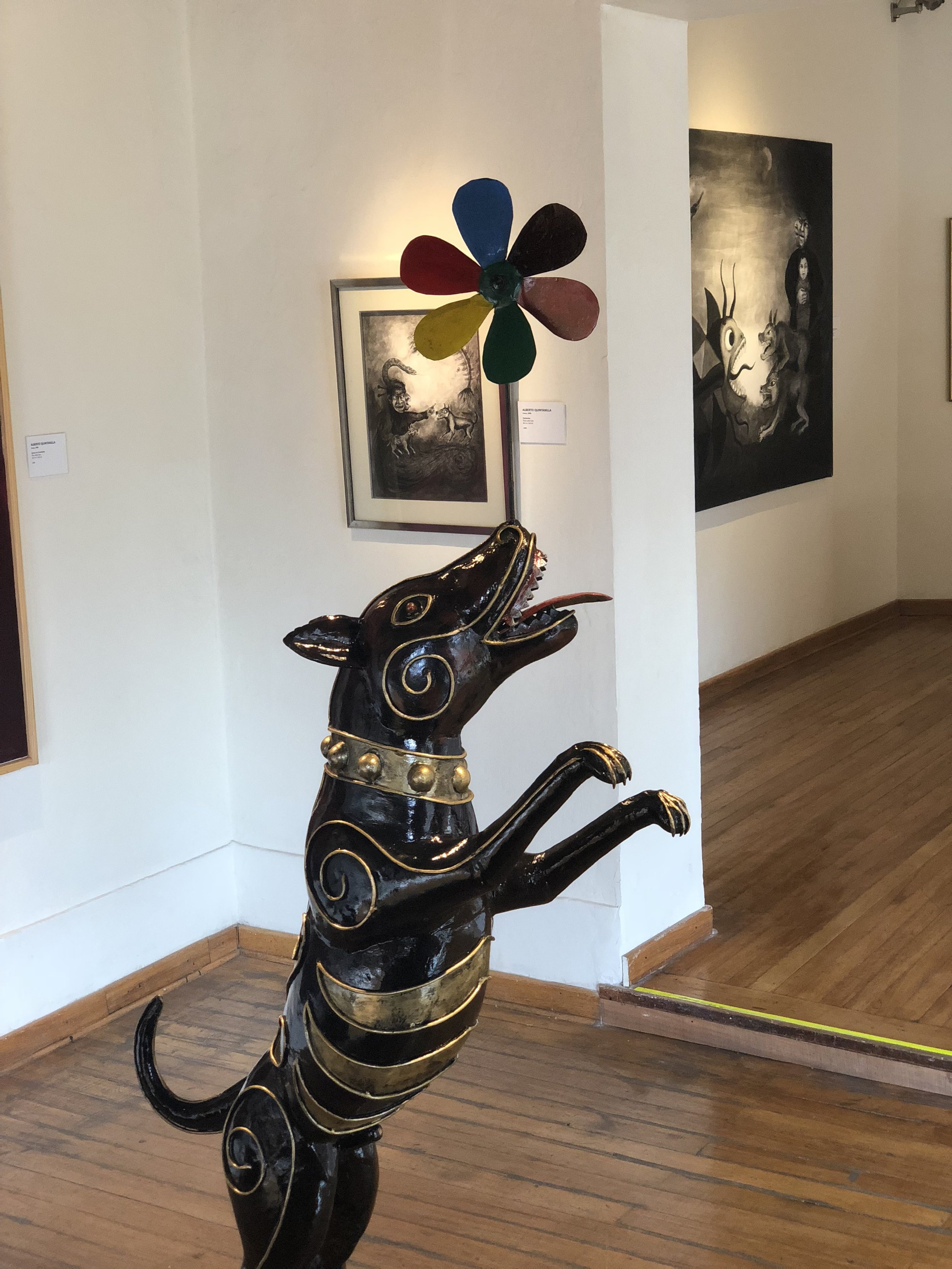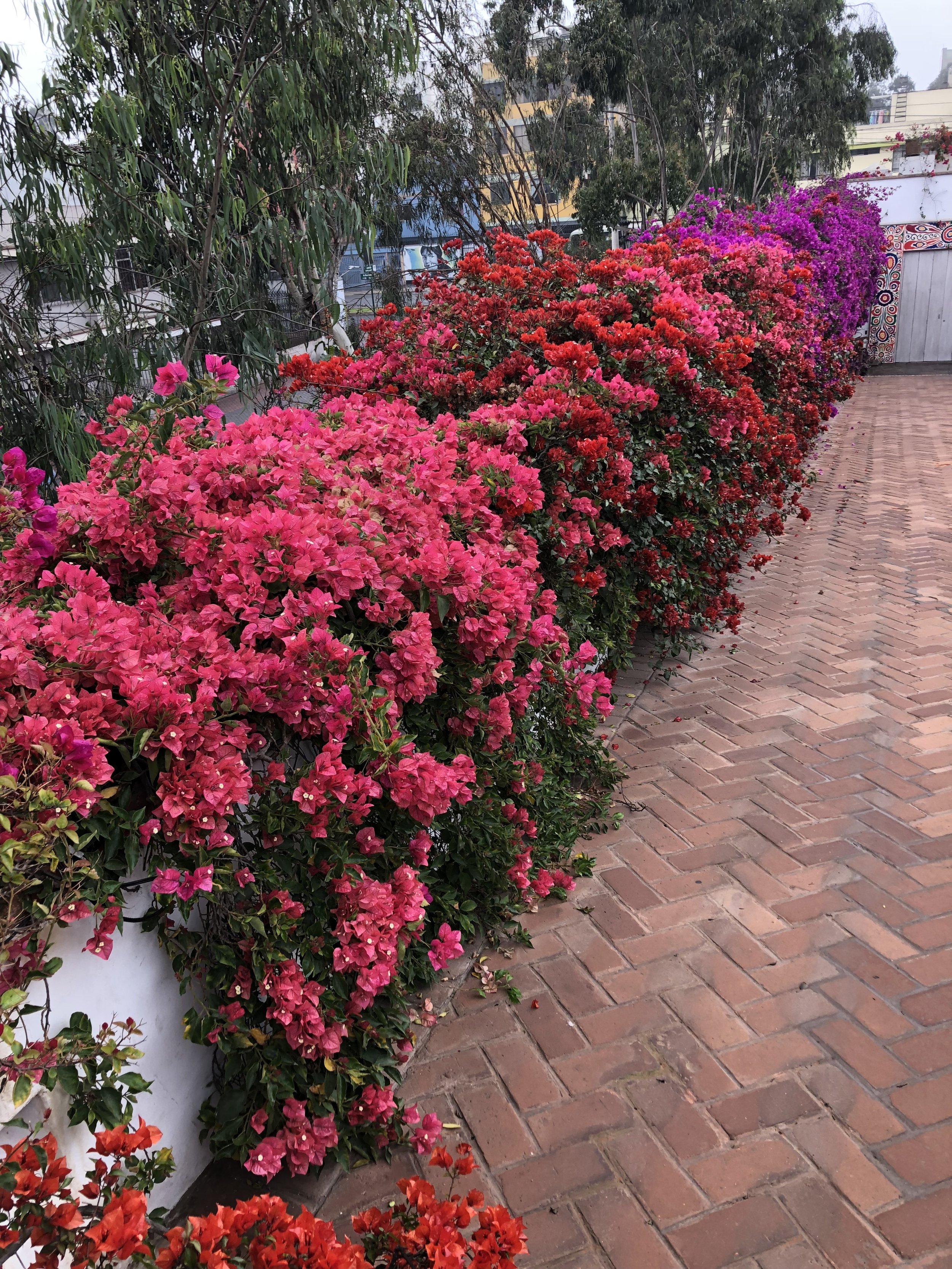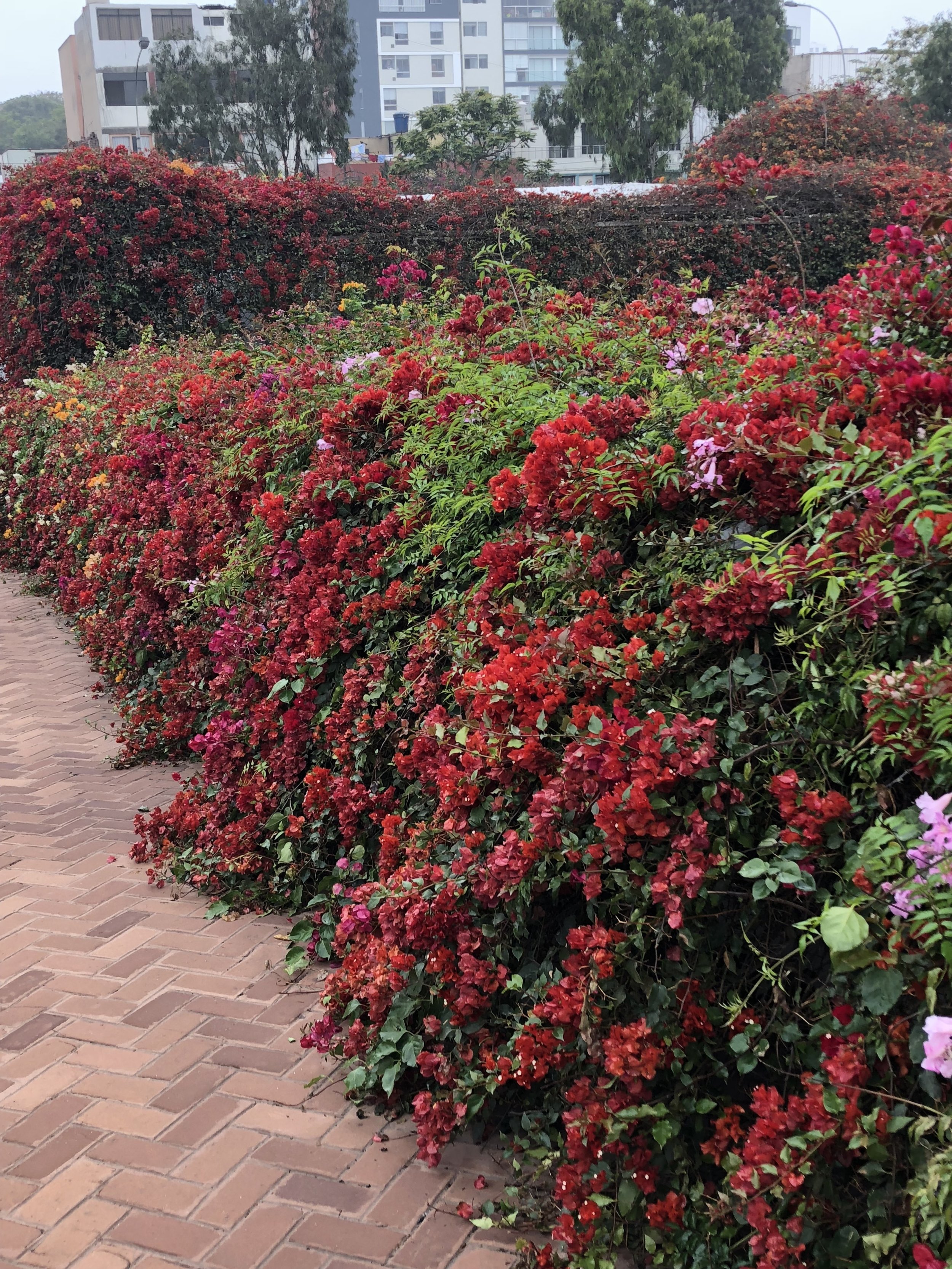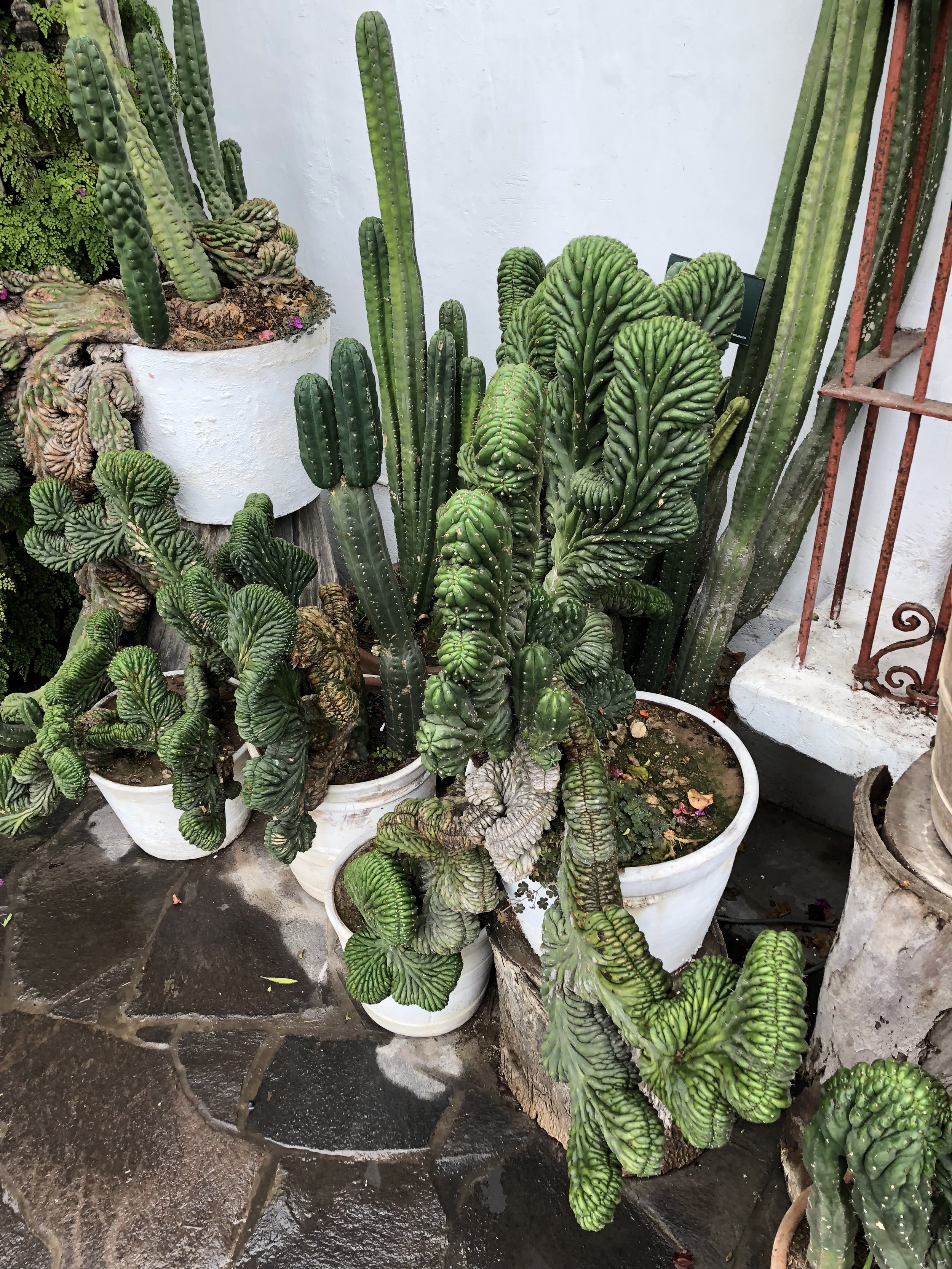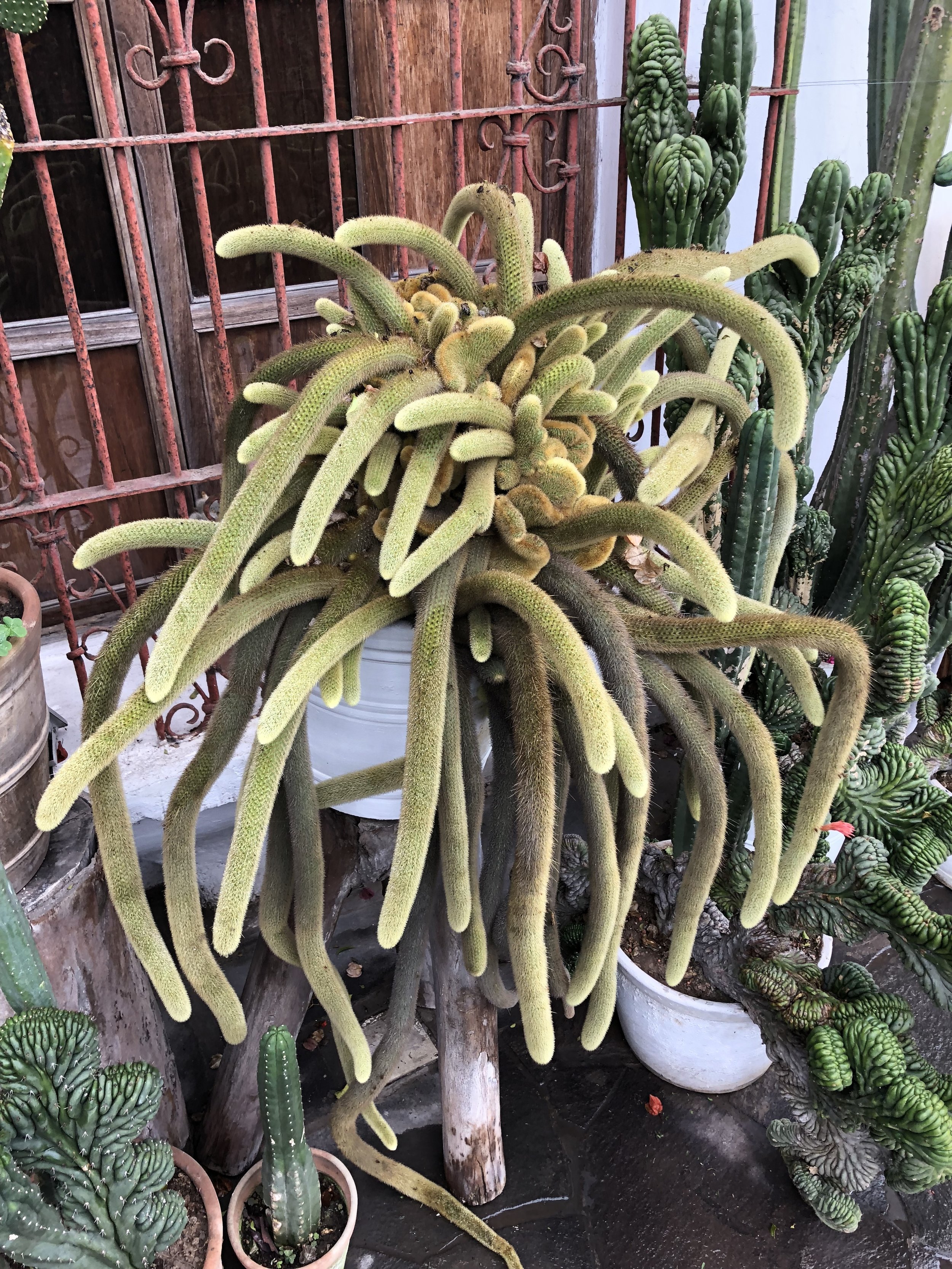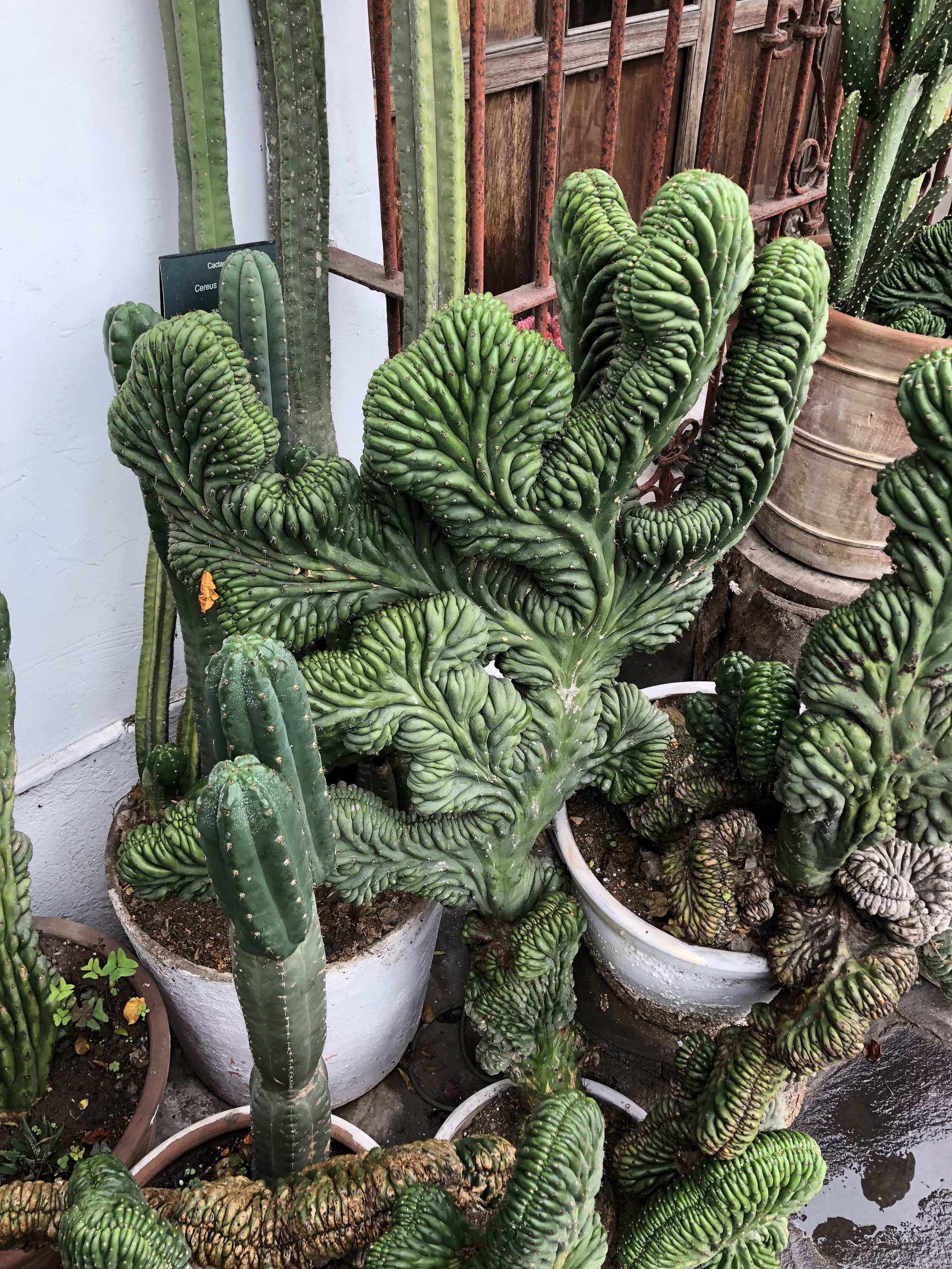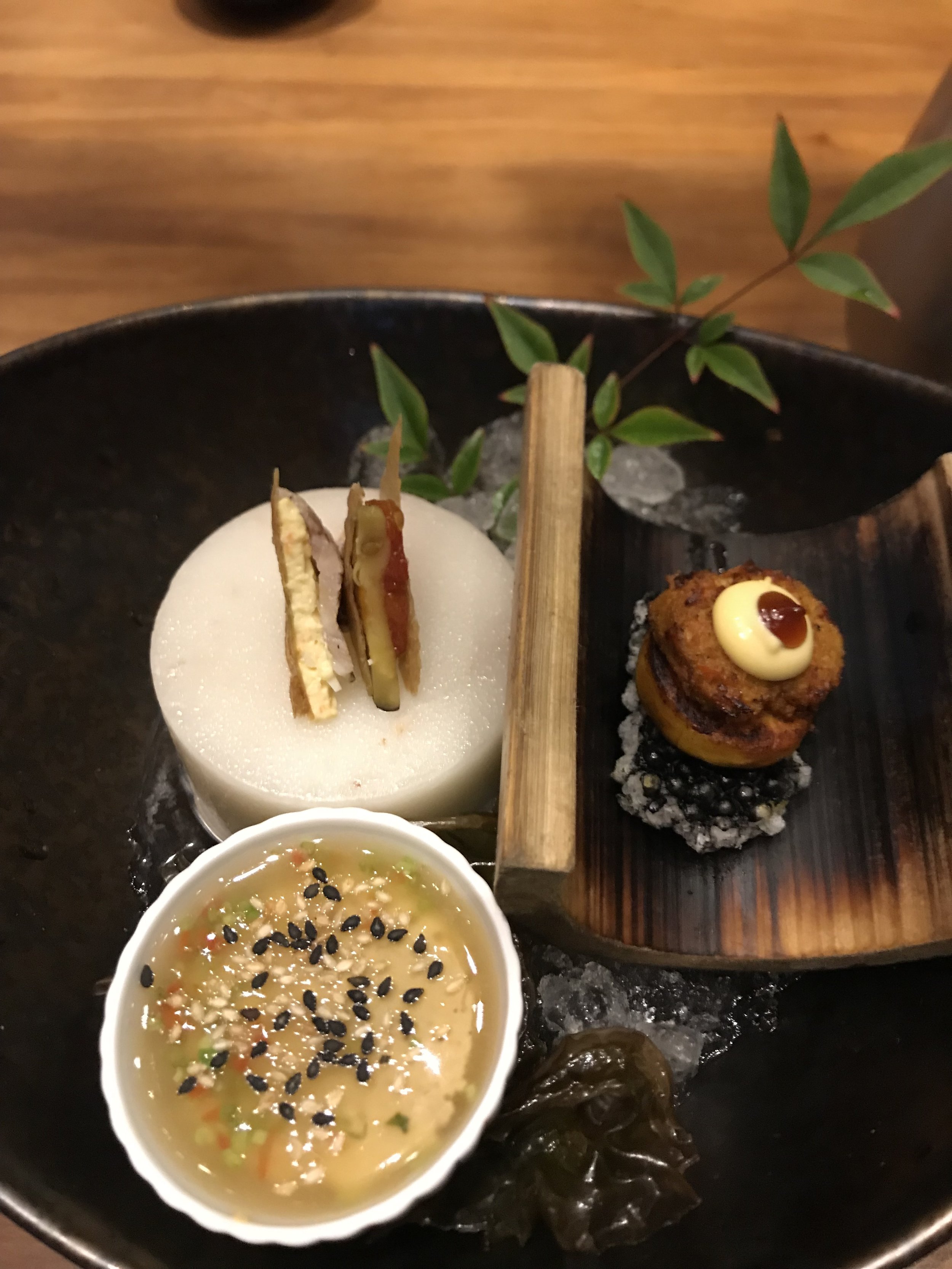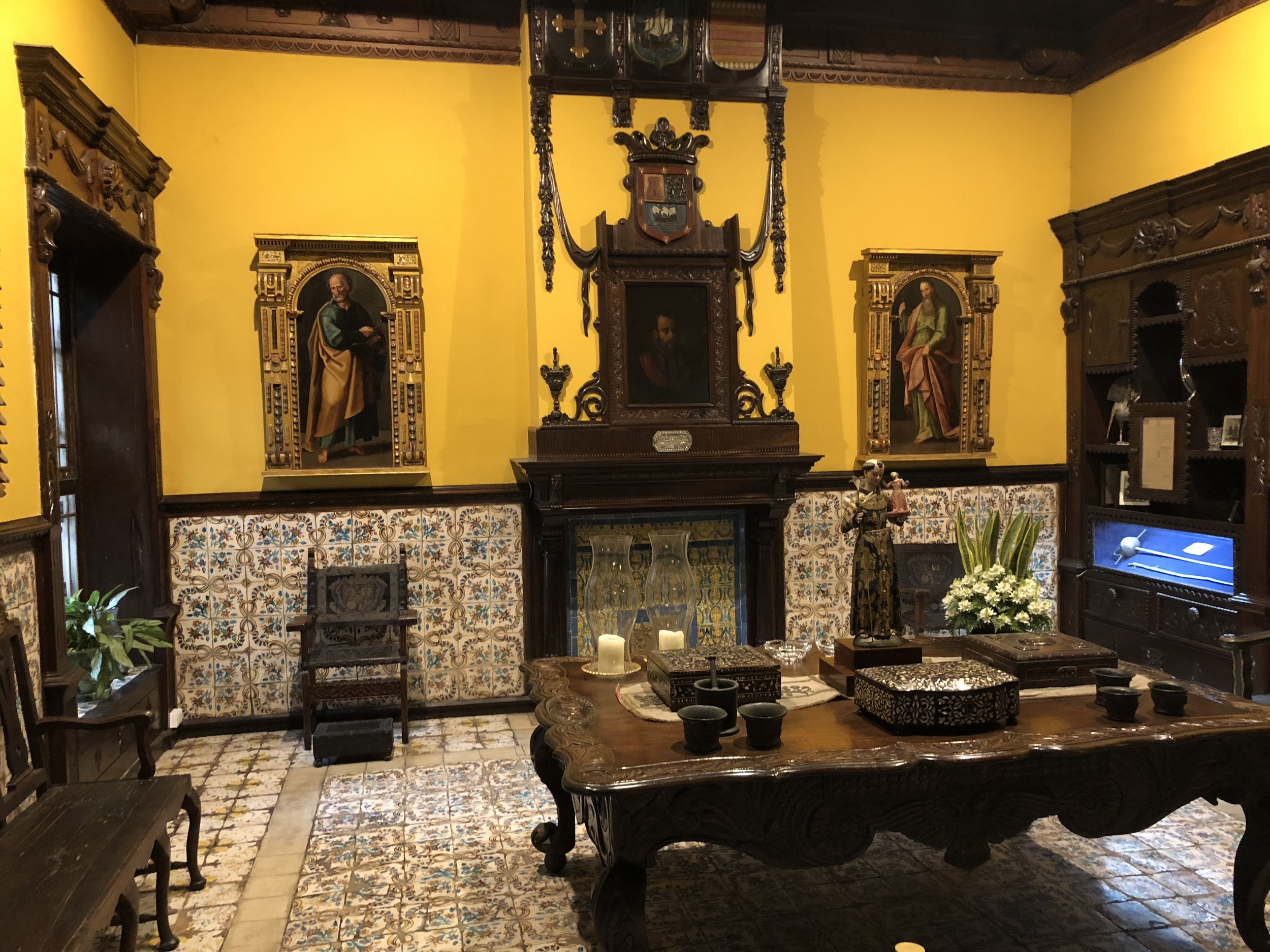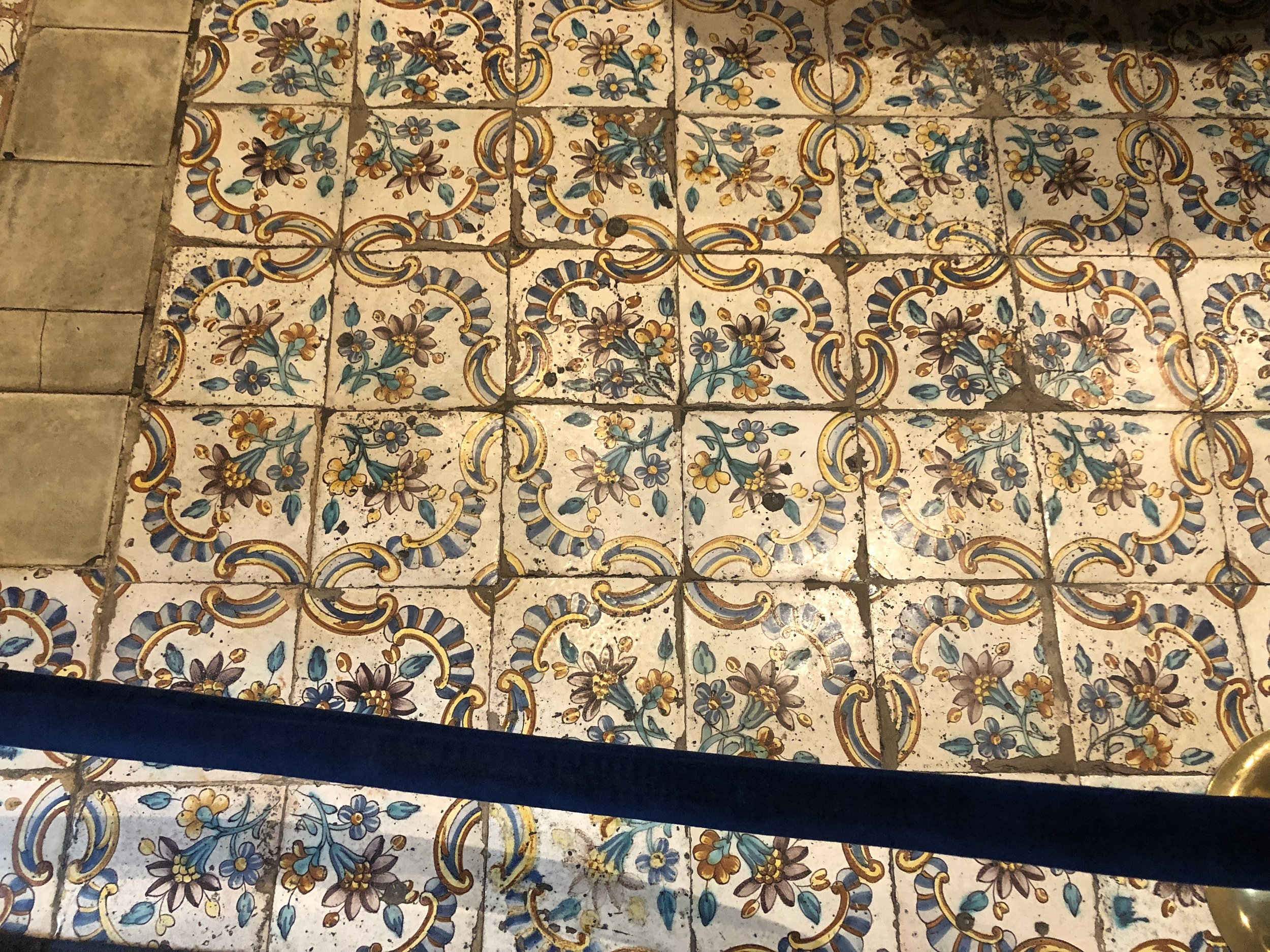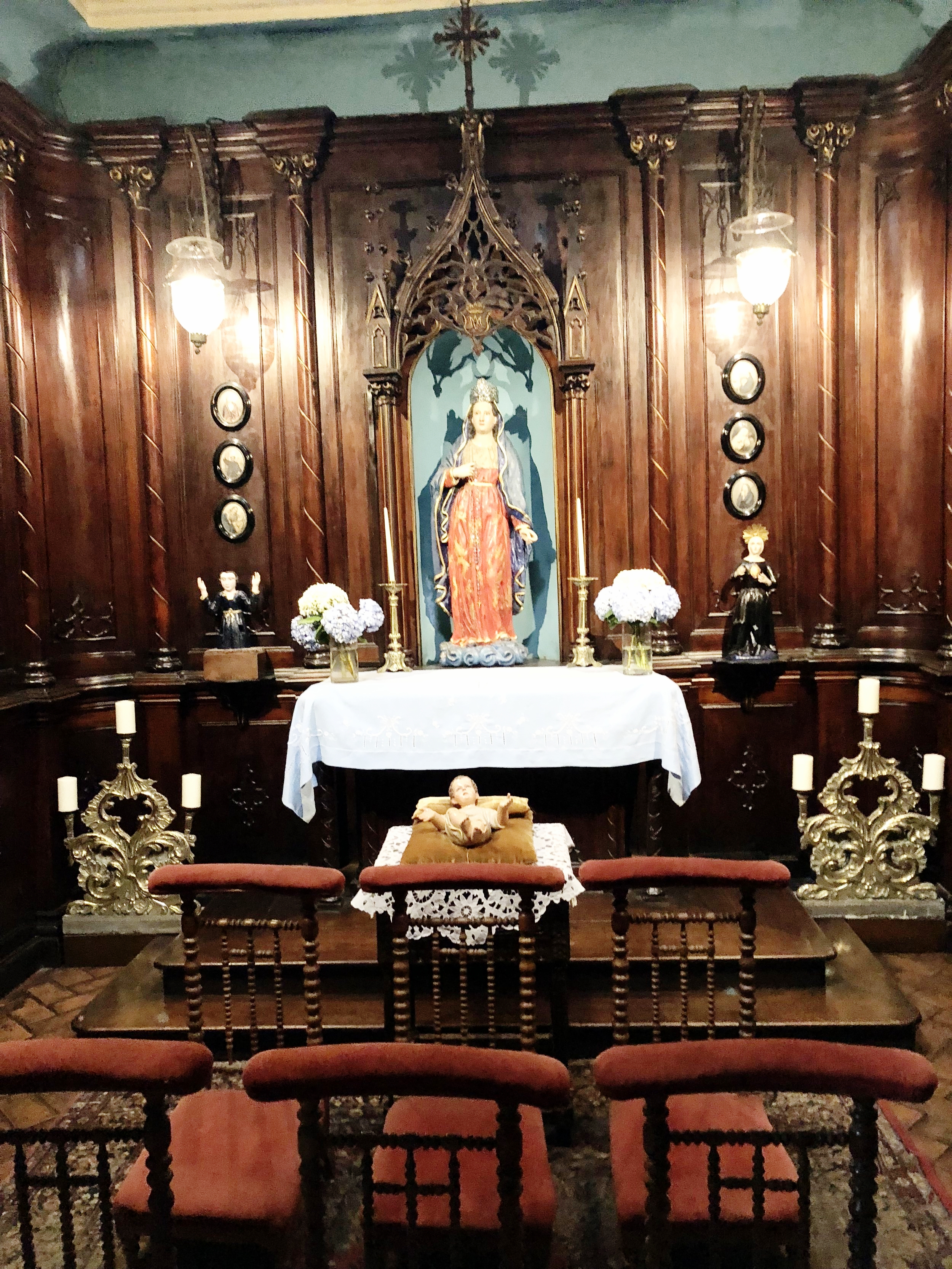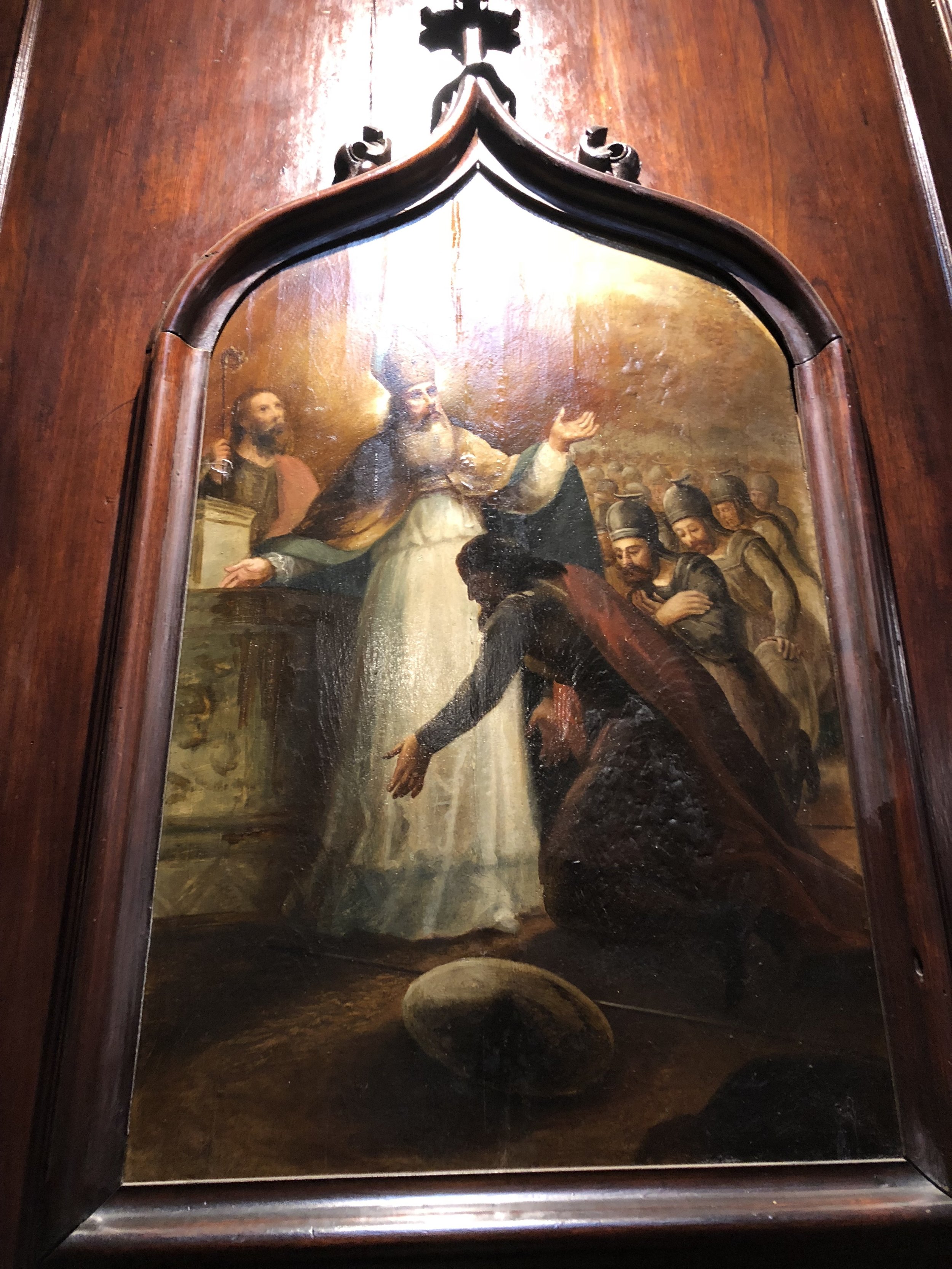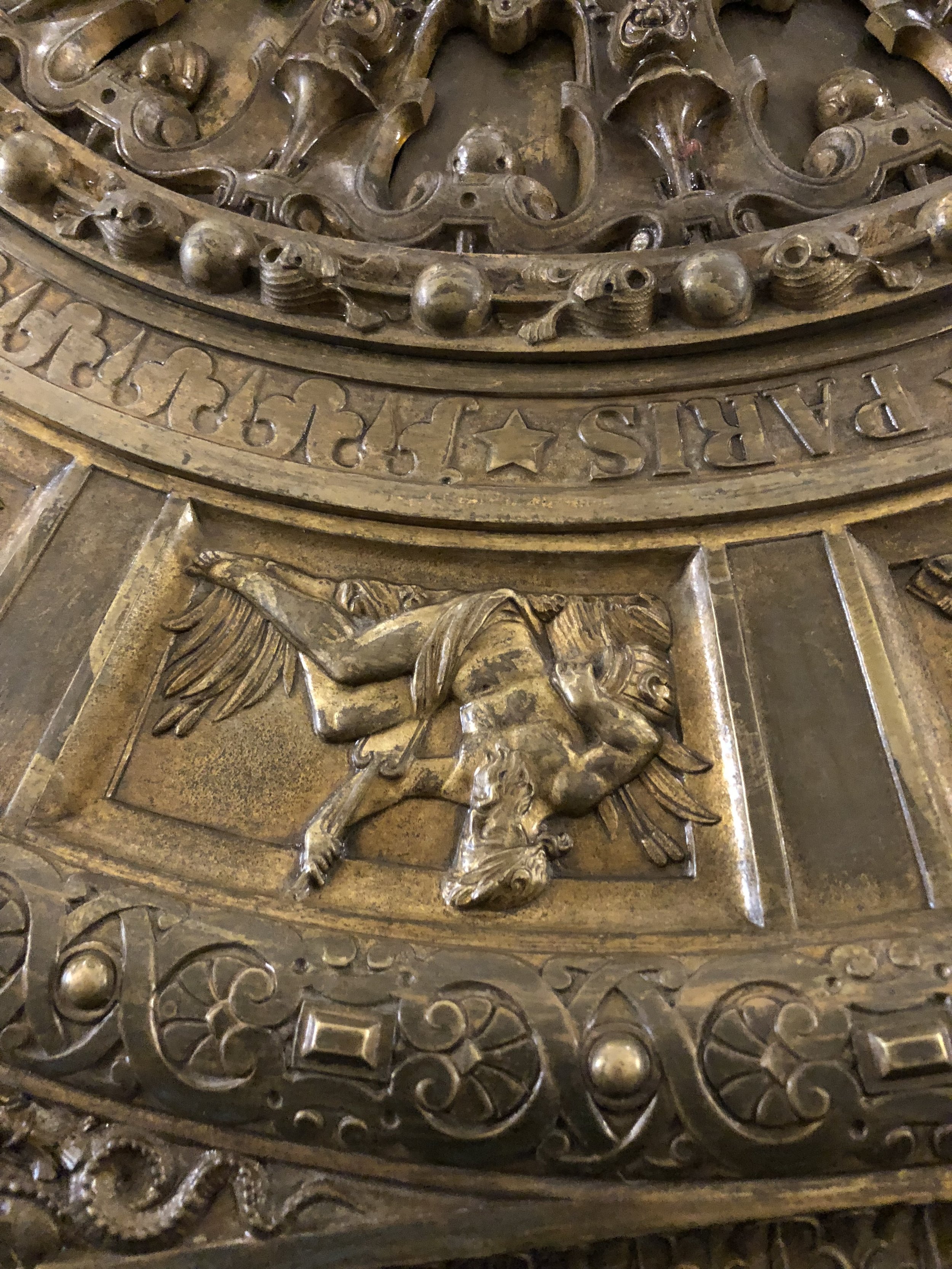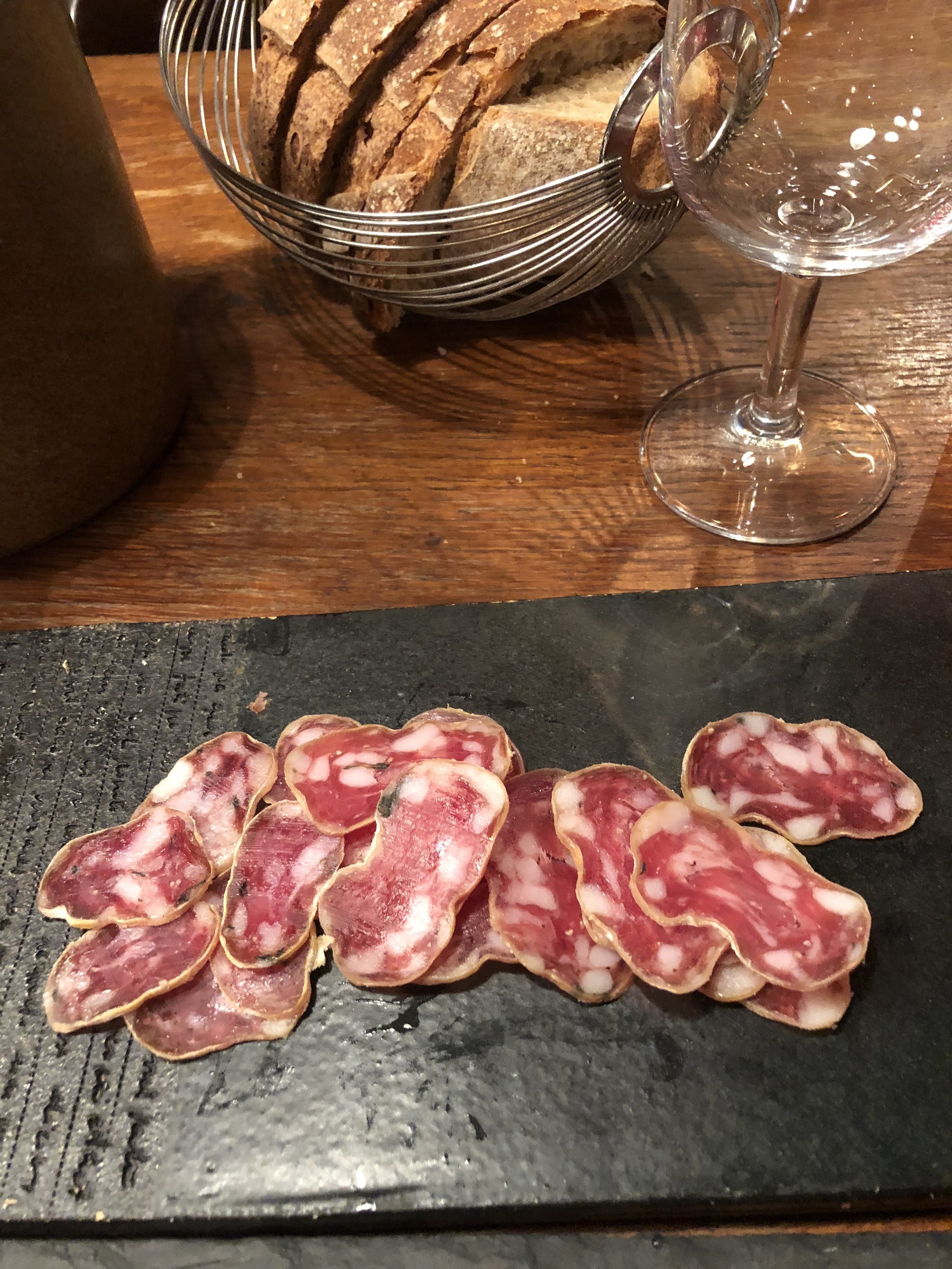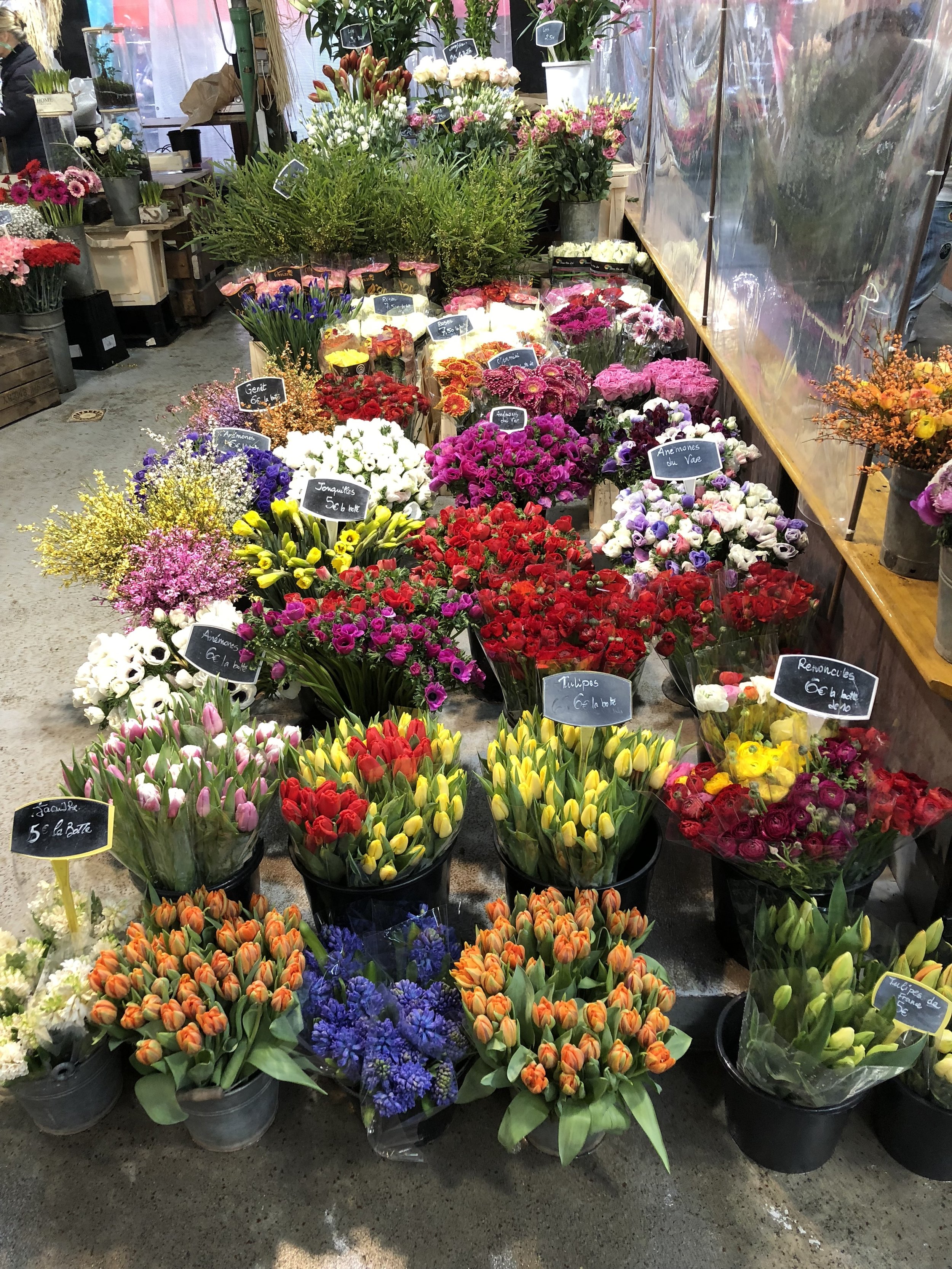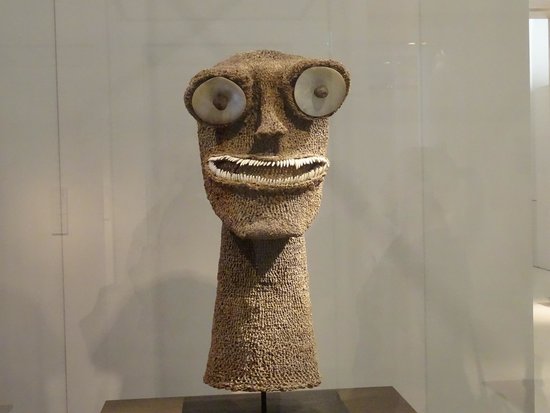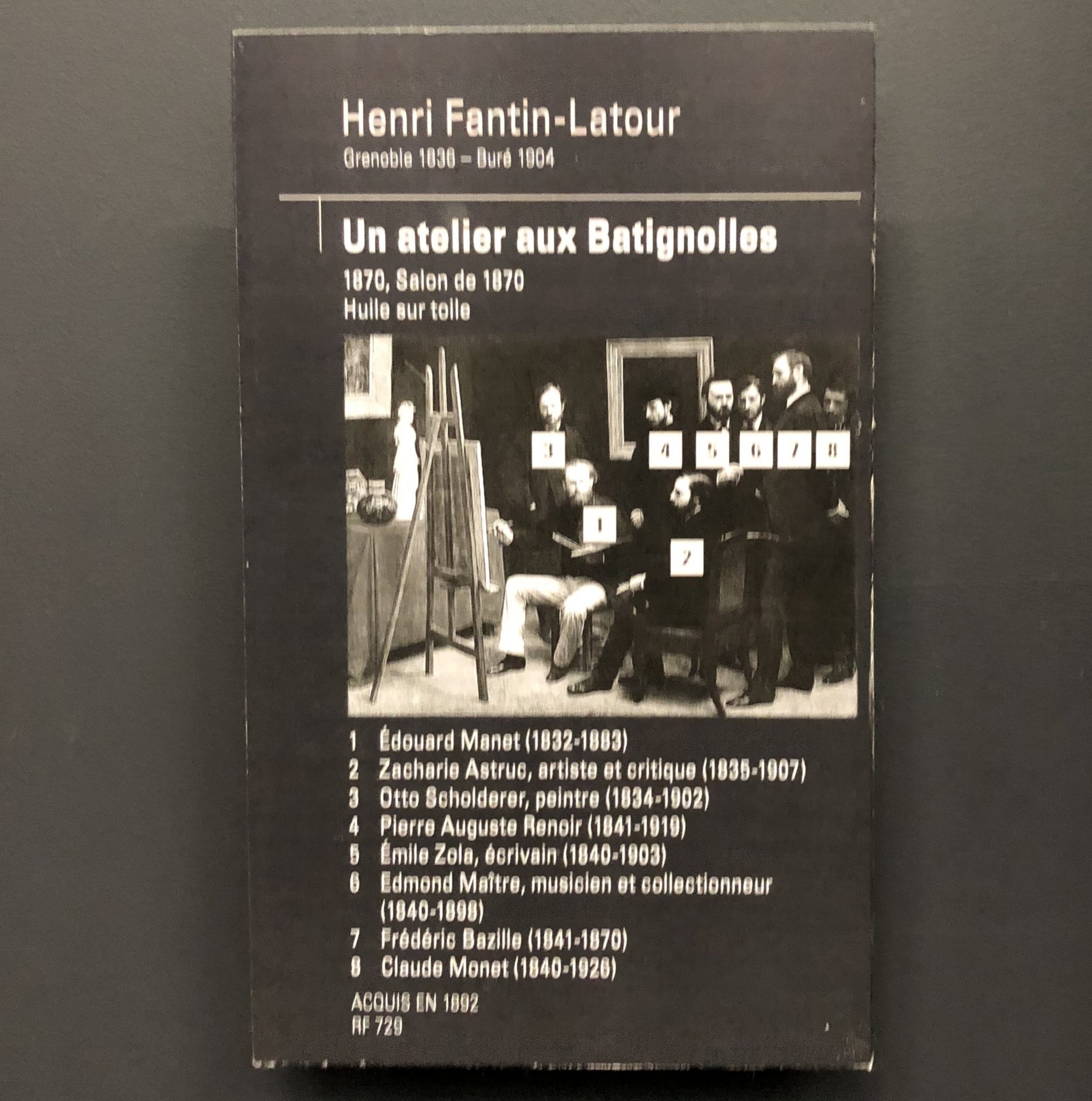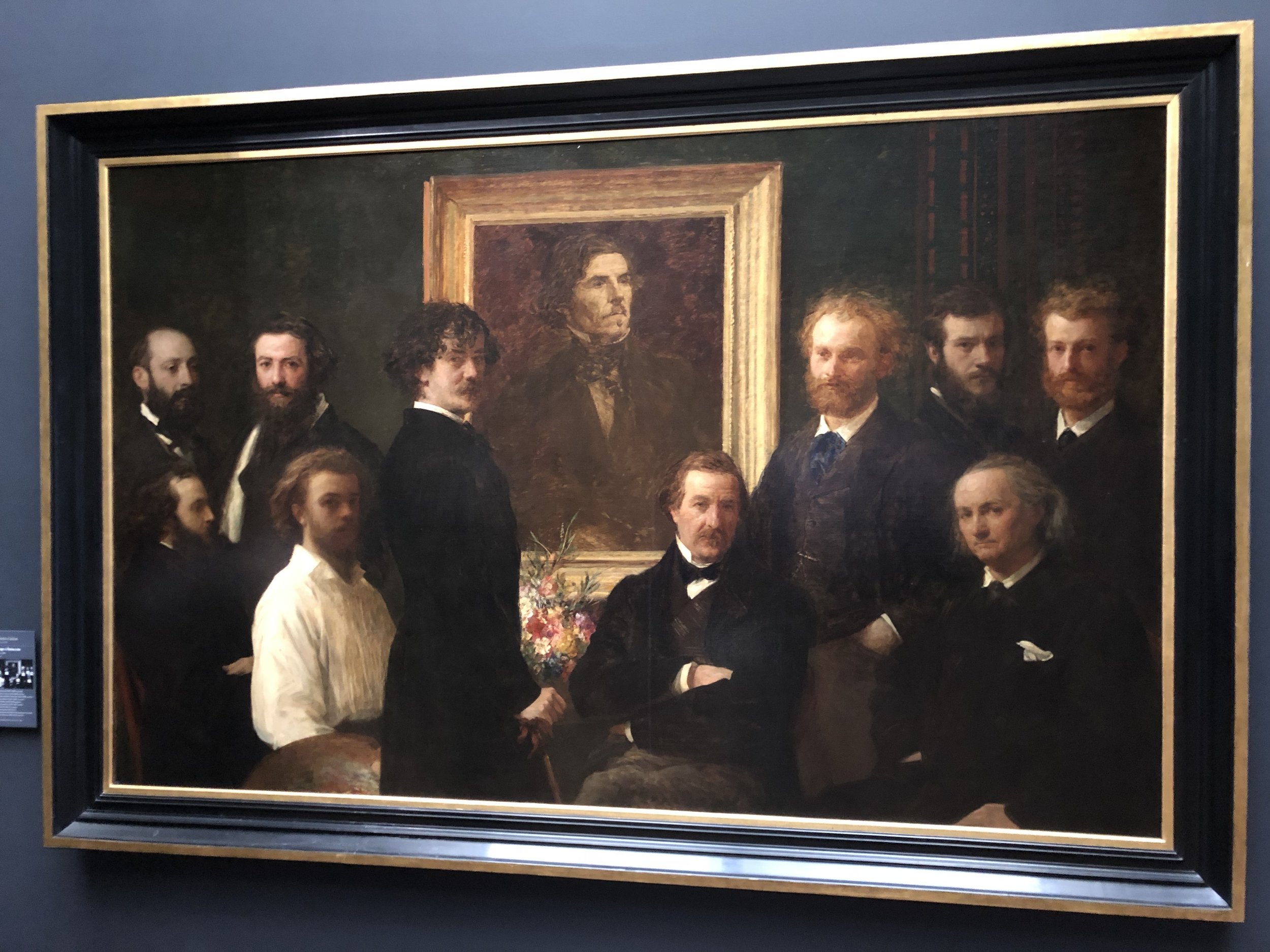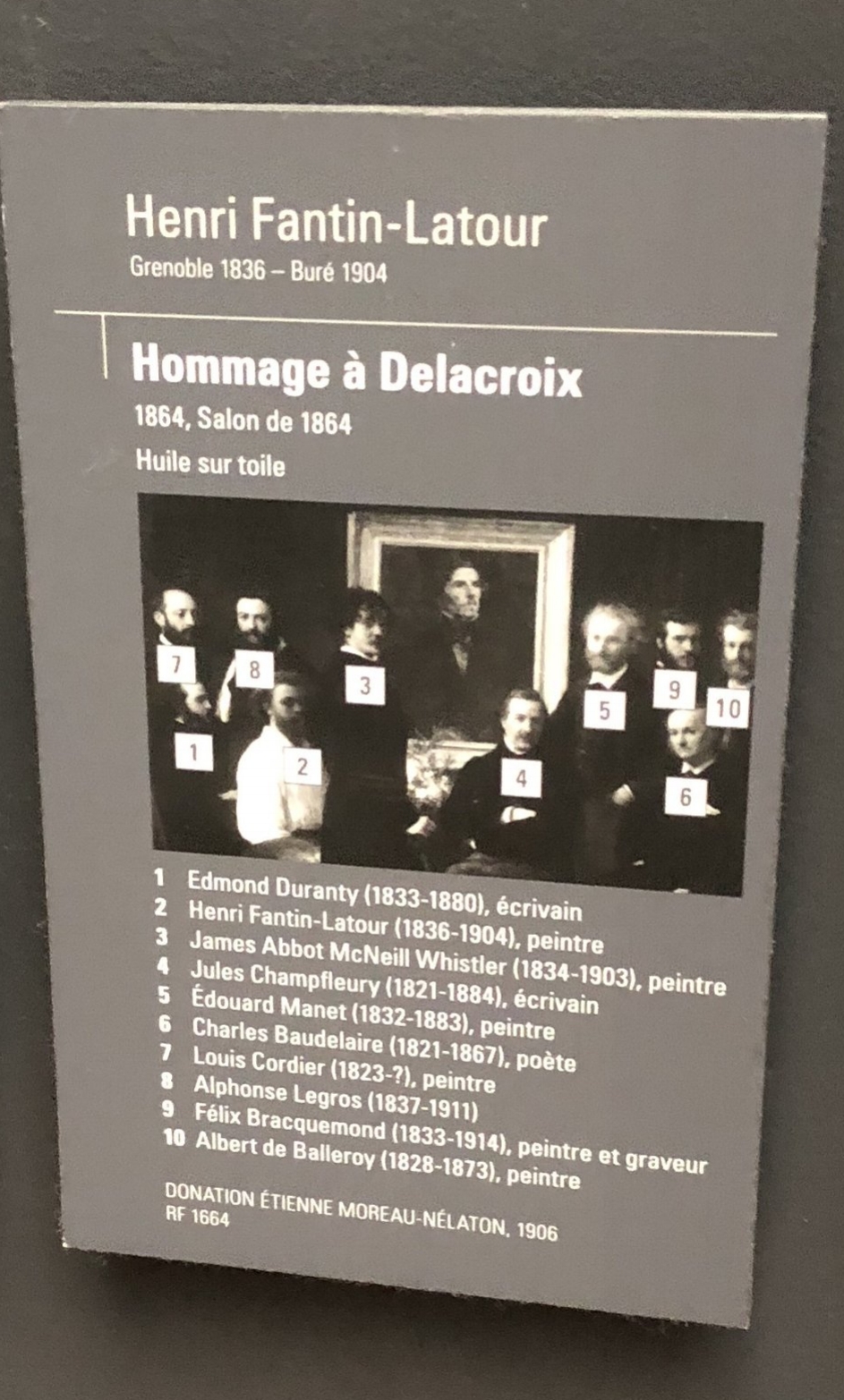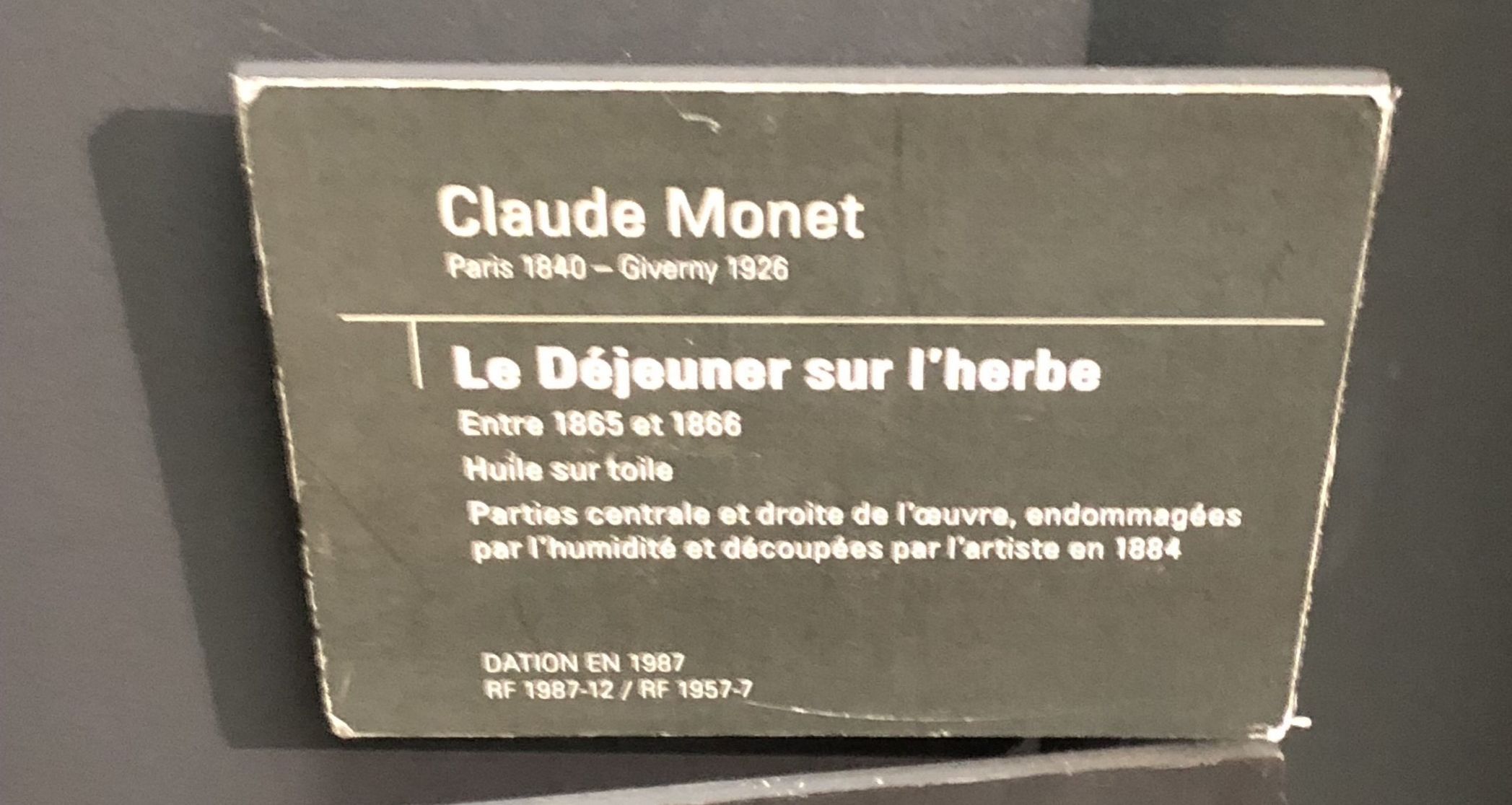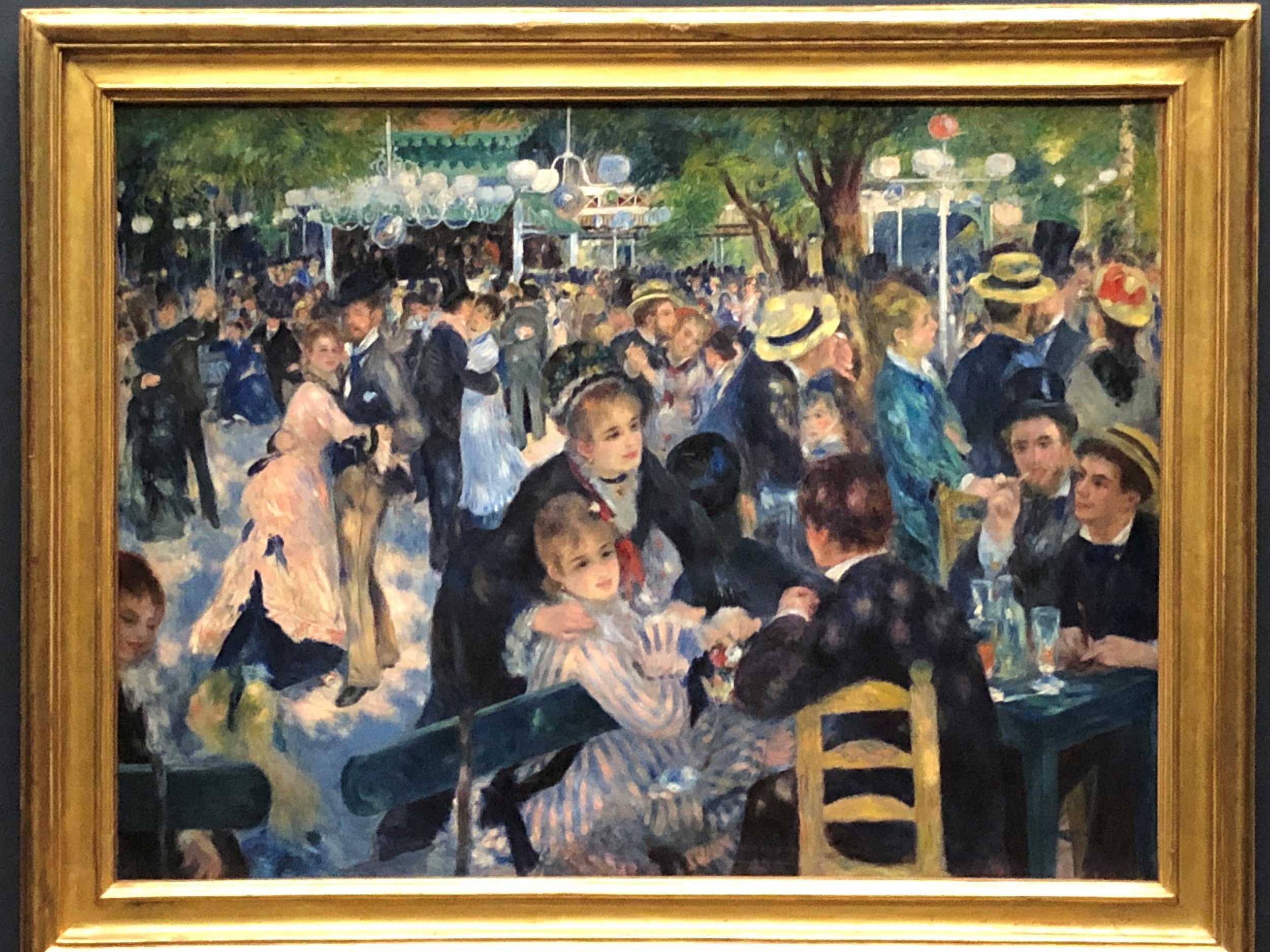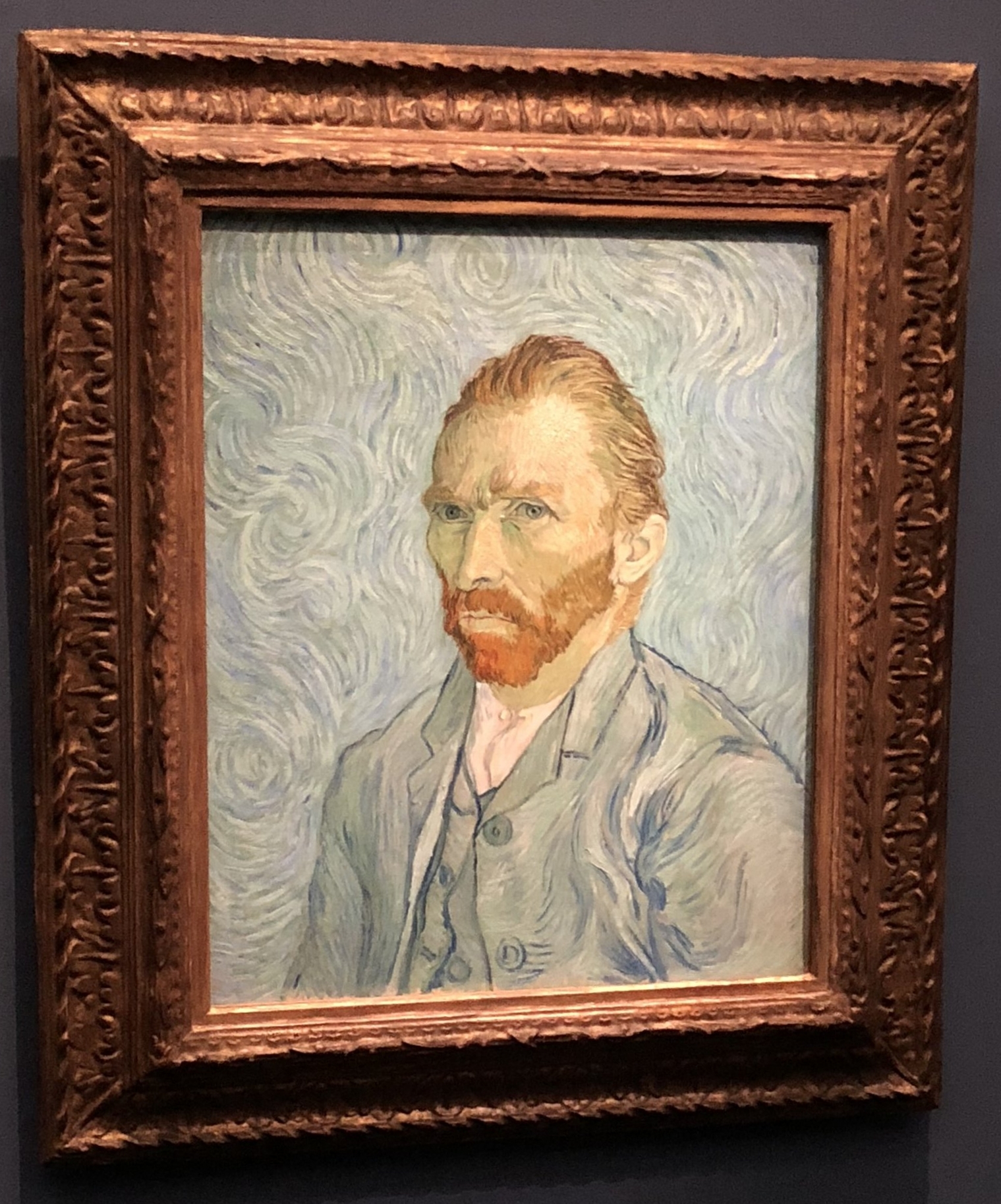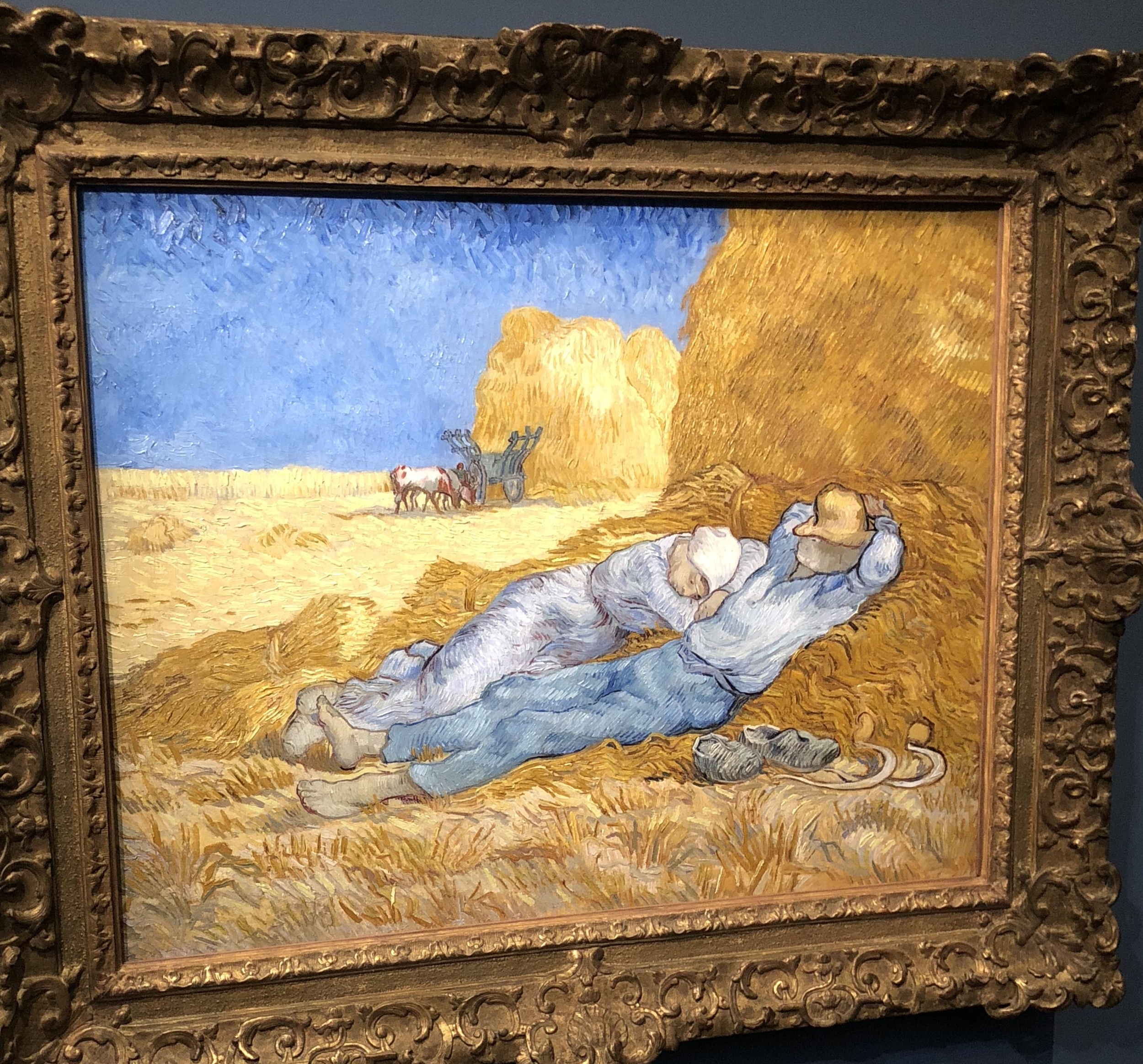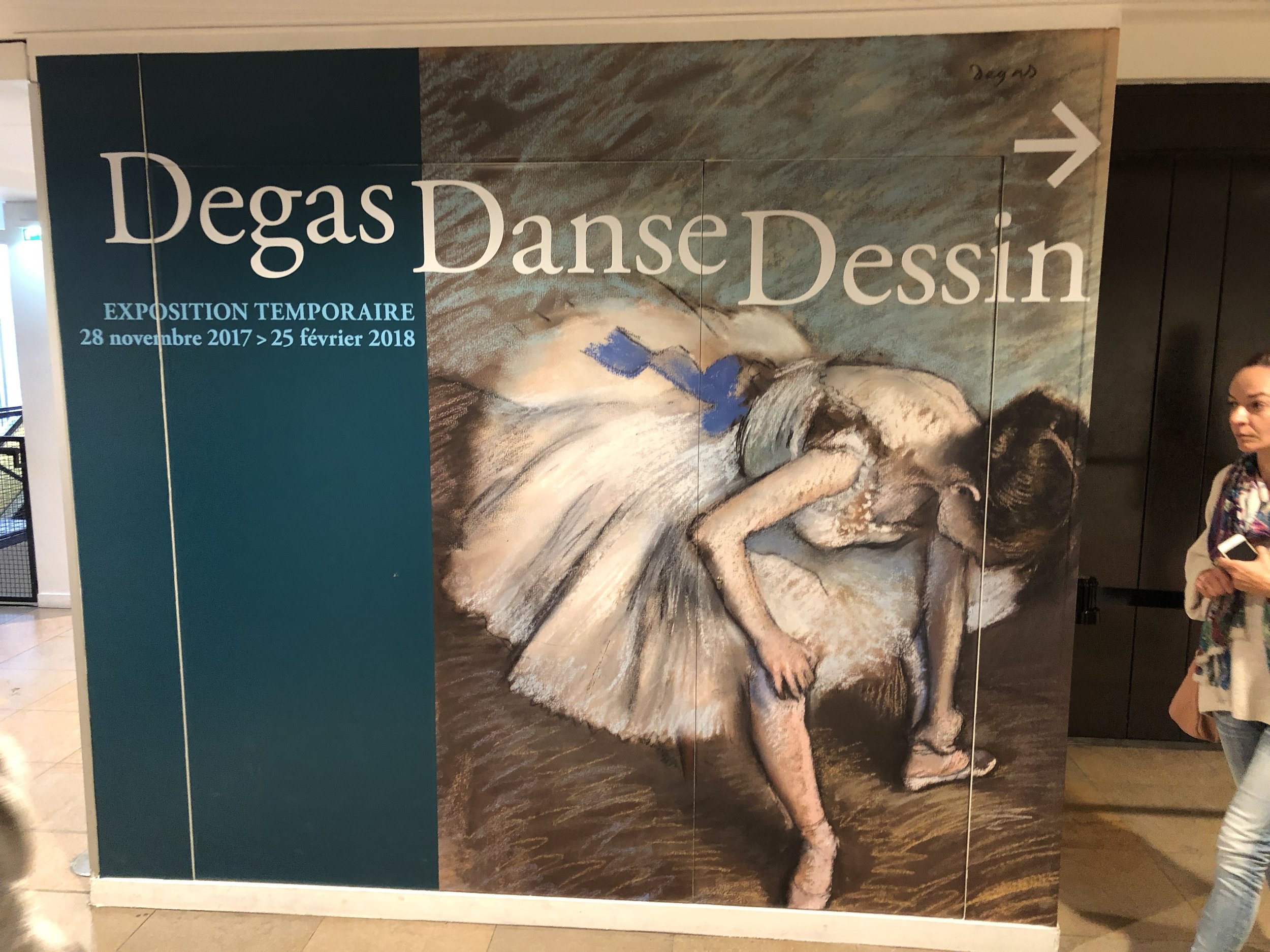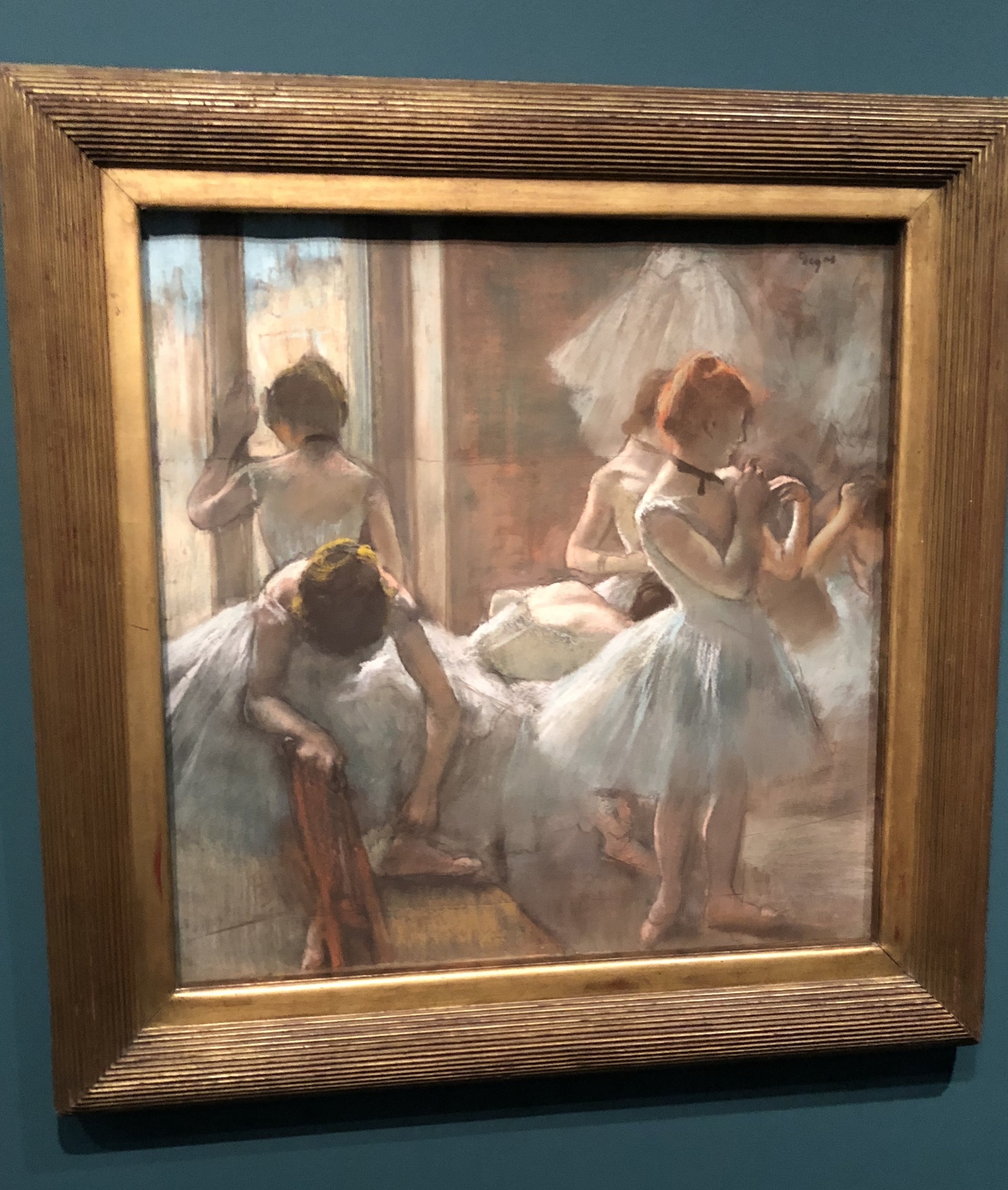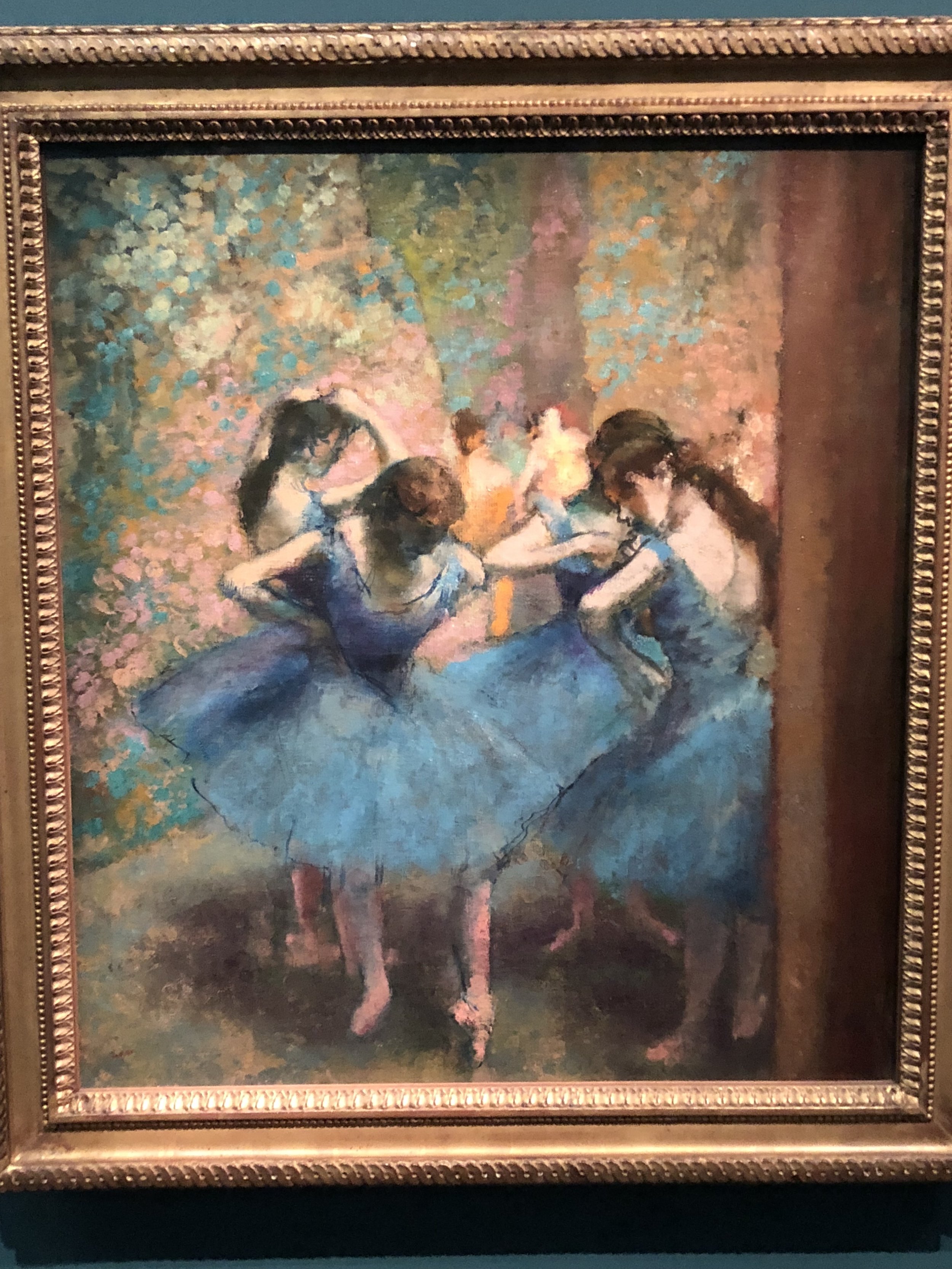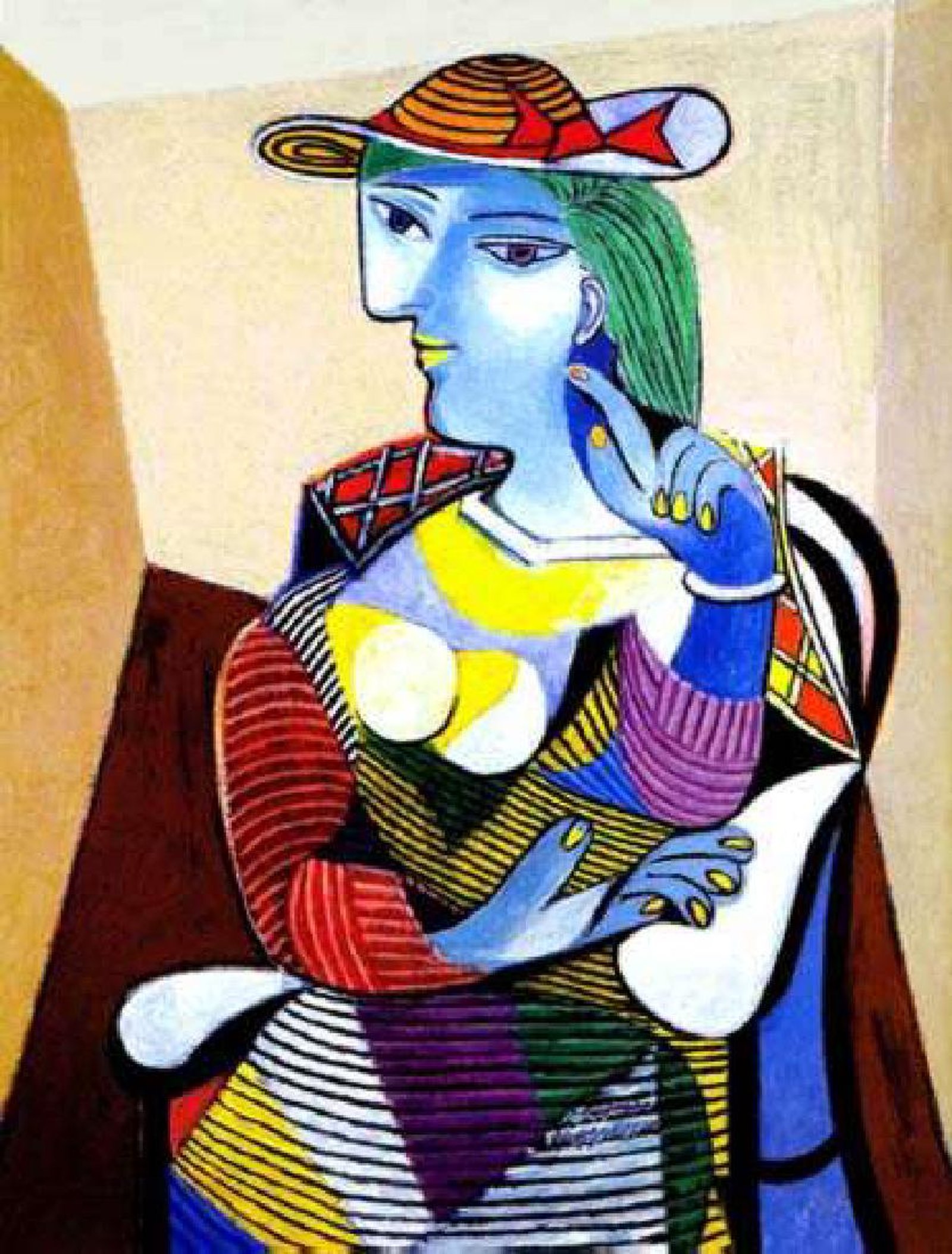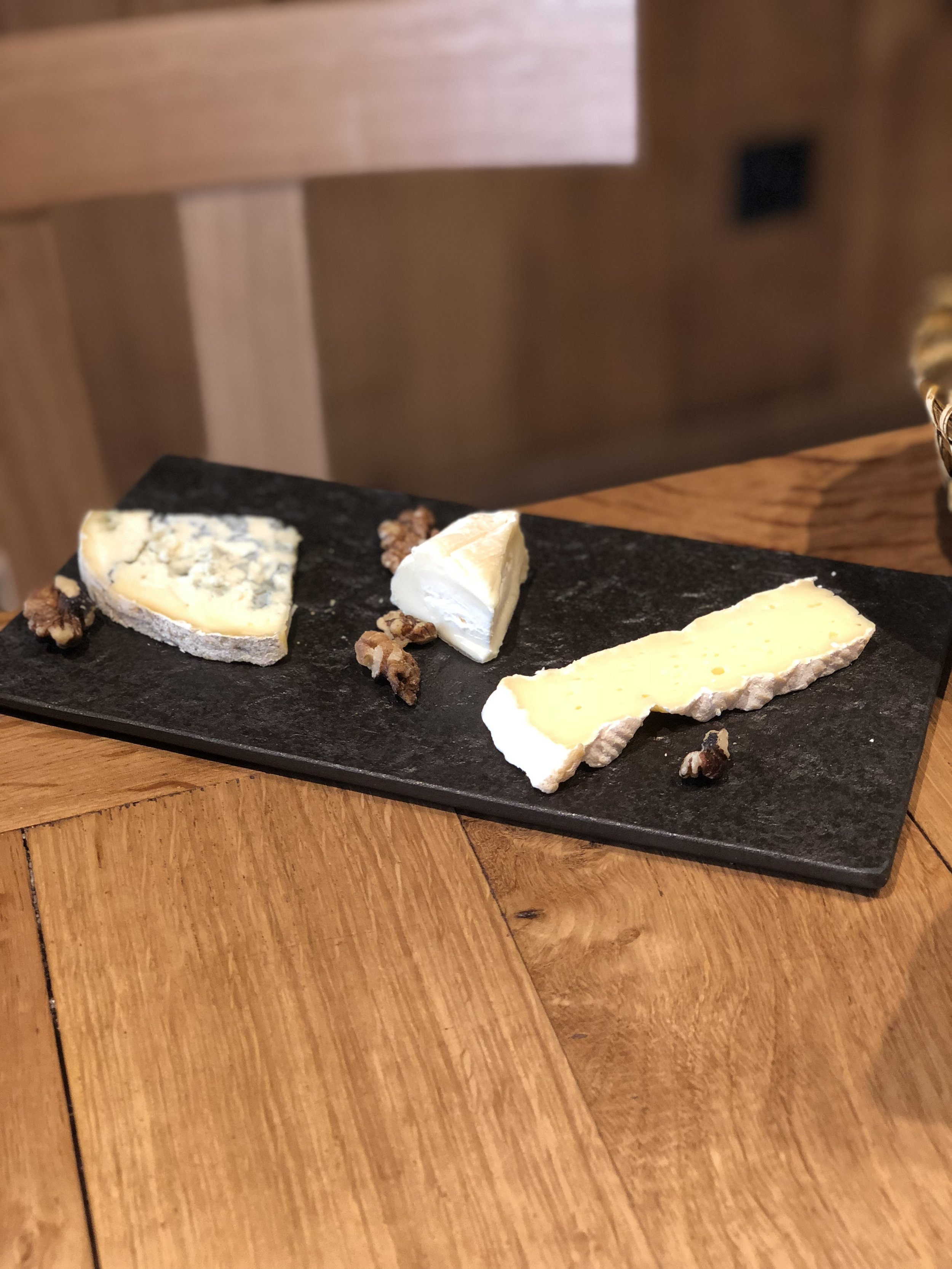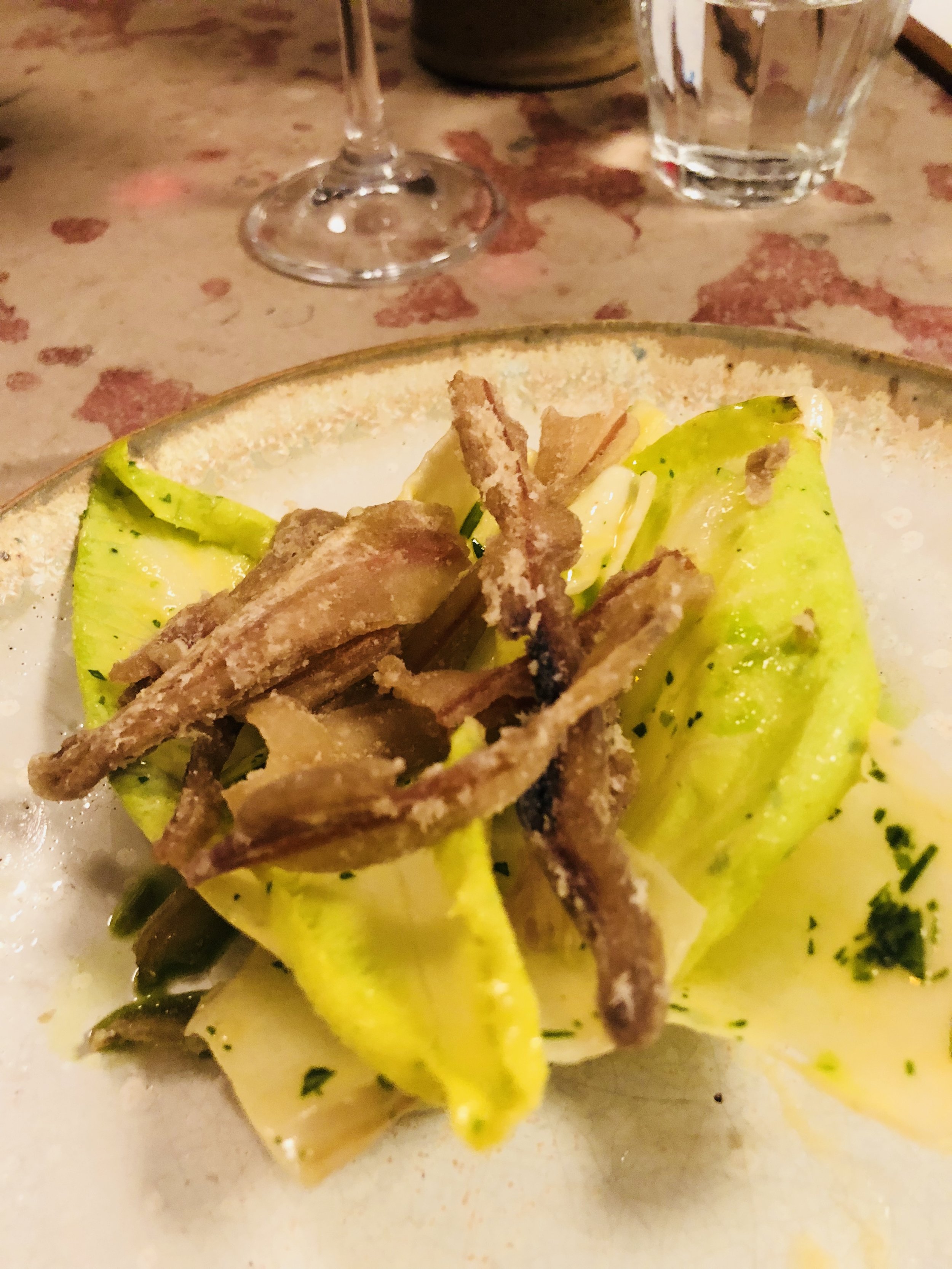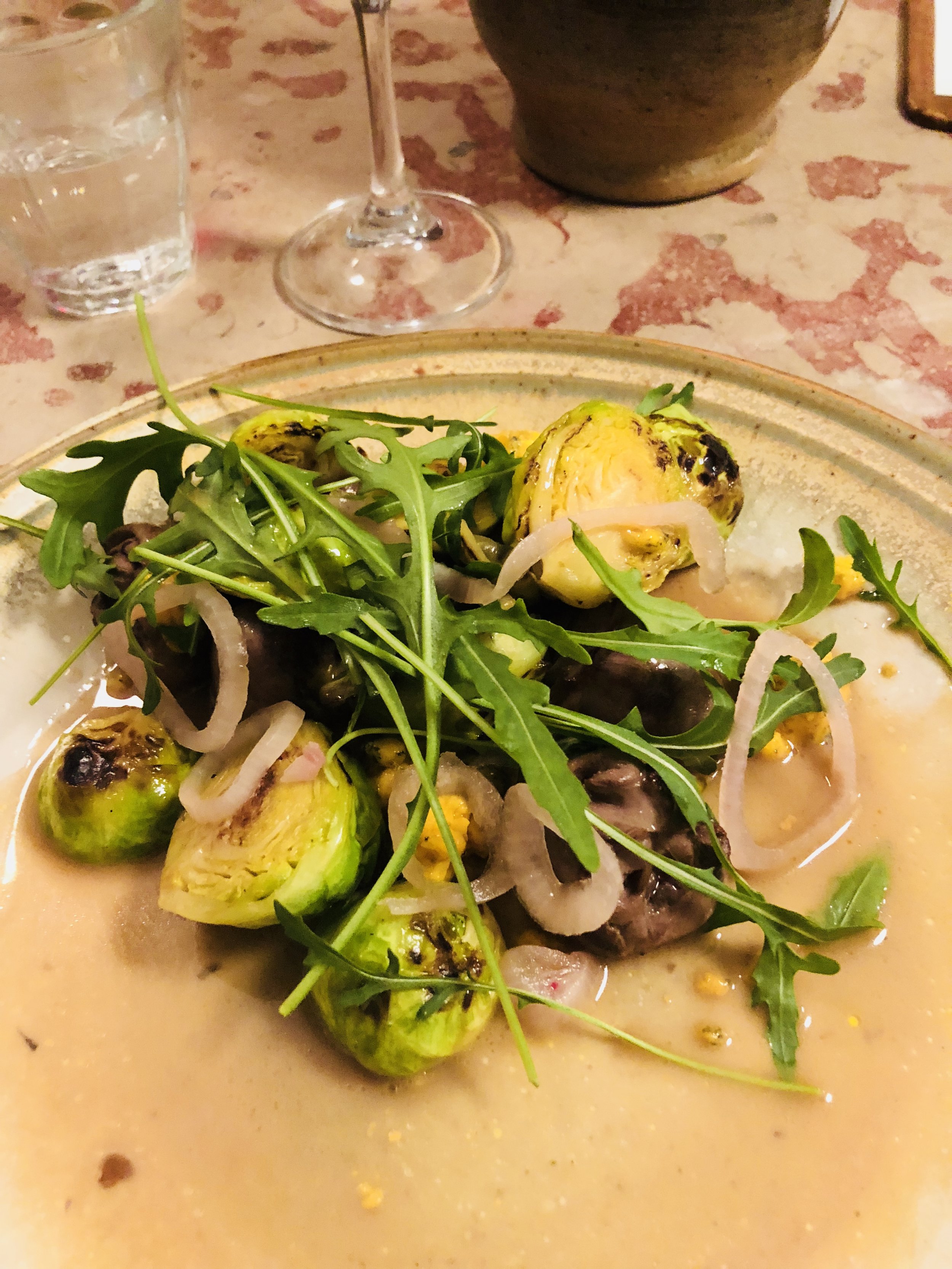Cusco: Inca Seat of Power, Spanish Capital, Eco Tourism Mecca
Cusco, Peru: From Inca Capital to Ground Zero for Peruvian Eco Tourism
Flag of Cusco
I wasn't sure what to expect about Cusco, Peru. I knew it was in the mountains and that altitude sickness was a real possibility. I knew it was the jump off point to go to Machu Picchu. I had read guidebooks and done some online research, but none of it prepared me for what turned out to be one of the most interesting places I've ever visited.
Cusco is a city of about a half a million people. We land at night and the first thing I notice when we step outside is that it's cold! Lima is on the coast so they don't really have cold weather, but Cusco is at 11,000 feet and the clear air doesn't hold the heat of the day at all. We're told that in the winter the days can get up into the 90's (again, thin air) and it will drop below freezing that night.
Being in a new city is always very exciting for me. I've traveled enough to understand allowing the new place to reveal itself. The trip from the airport takes us through the more modern part of Cusco into the older section in the center of town. We are staying in the San Blas area which sits above the main downtown area. The cobblestone streets get very narrow, VERY steep, and the buildings are smaller and older. San Blas is known as the barrio de los artesanos or the "artisans' quarter". There are lots of small boutiques, restaurants, cafes, and hostels all over the area. We're staying in a rental house that's owned by a small, boutique hotel next door. It's rustic and has a fireplace to take care of the winter chill. The view down into Cusco is spectacular.
View of Cusco from San Blas
We've decided to spend our first day in Cusco acclimating ourselves to the altitude. I don't know if it's because I live at 3,500 feet or because I've been sucking on coca candy for two days, but fortunately for me I never experience a single moment of altitude sickness but I see people walking around town obviously gutting it out.
The main plaza in Cusco is overlooked by the Roman Catholic Cathedral. It serves as the centerpoint of the old part of town on the Plaza de Armas. Like Lima they are having a festival with parades of people from the surrounding area in colorful outfits and costumes.
The Interior Courtyard of the Church of Santo Domingo/Qorikancha
When the Spanish came, took over Cusco, and made it their Capital, the Inca already had a thriving city in place. Of course the Spanish were out to save the souls of the "heathen" native population so they built lots of churches. From my rented house I can count six Roman Catholic churches -- and those are just the churches I can see. The Spanish would oftentimes simply build on top of the Inca temple already in place. A prime example of this is two blocks from the Plaza de Armas in central Cusco. Santo Domingo Church was built on top of and next to Qorikancha, the Inca Temple of the Sun. Today it's a fascinating place to visit. The temple and church sit side by side and you can see how the Spanish used the already established Inca religious traditions to further Christianity. Inside you will see how the structure was constructed to allow the sun to come through the windows (very important on the two yearly solstices). There is also an art gallery of (mainly religious) paintings from the Cusco School, a modern art gallery, large outside gardens, a traditional Spanish courtyard, and exhibits on Inca astronomy and the Inca Seqe System of Cusco with Qorikancha at the center and different seqes or lines radiating from it connecting over 360 wakas or Inca sacred places.
The food scene in Cusco is very diverse. You obviously have dozens of restaurants to cater to the scores of visitors that come through Cusco. One thing I found enlightening is the number of vegan restaurants in Cusco. I guess if you think about it eco tourists might be slightly more inclined to eat a plant based diet, but restaurants don't stay in business without customers. There's something about the people coming through Cusco that make it worthwhile to serve vegan.
We found a great place right off the Plaza de Armas called Greens Organic. They have their own farm and work with local producers to supply all of the restaurant's ingredients. The menu was diverse, the prices were not rock bottom but weren't unreasonable, and the food tasted amazing! We had a fried local cheese with mango salsa, and I had a delicious African Curry dish. I also tried a Peruvian specialty, Chicha Morada or purple corn juice. It. Was. Fantastic!! The purple corn is cooked with fruits like apple and pineapple, plus cinnamon, cloves, and sugar. It's sweet and earthy and completely delicious.
We also found a tiny pizza place where the owner had built his own wood fired pizza oven and had it right in the dining room (he and his family lived upstairs). The pizza was very tasty! Local ingredients again were the key.
Another fun place was Paddy's Irish Pub. It has the distinction of being the highest Irish owned pub in the world! I had one of the better shepherd's pies I've ever had anywhere (including Ireland) and a Cusquena, the most popular Peruvian beer. You can't beat an Irish pub for a laid back, great time.
Breakfast every day was at the hotel next to us. Two sweet ladies put out a breakfast buffet every morning with fruit, juices, freshly baked bread, cereals and superfoods like chia seeds, and eggs cooked to order. The local eggs and milk were so much better than what I'm used to finding in the States, and the Peruvian coffee was spectacular.
While I wasn't sure what to expect from Cusco it turned out to be one of my favorite places I've visited. I definitely will return to see more of Cusco and the surrounding area.
Next. On to the Sacred Valley and the Inca ruins at Ollantaytambo!








